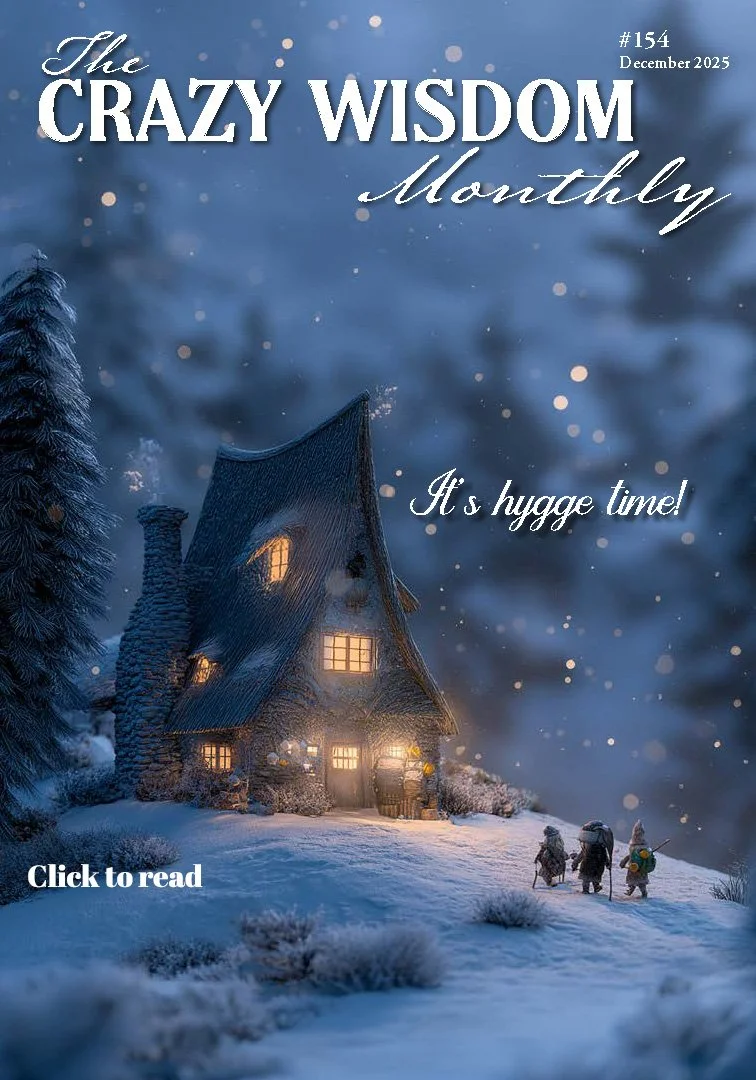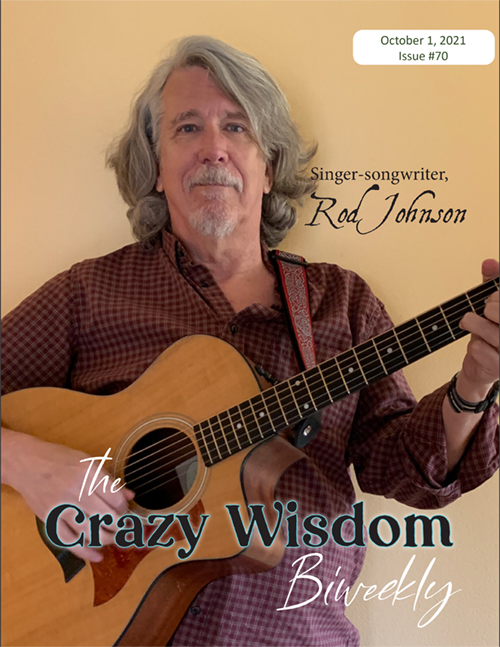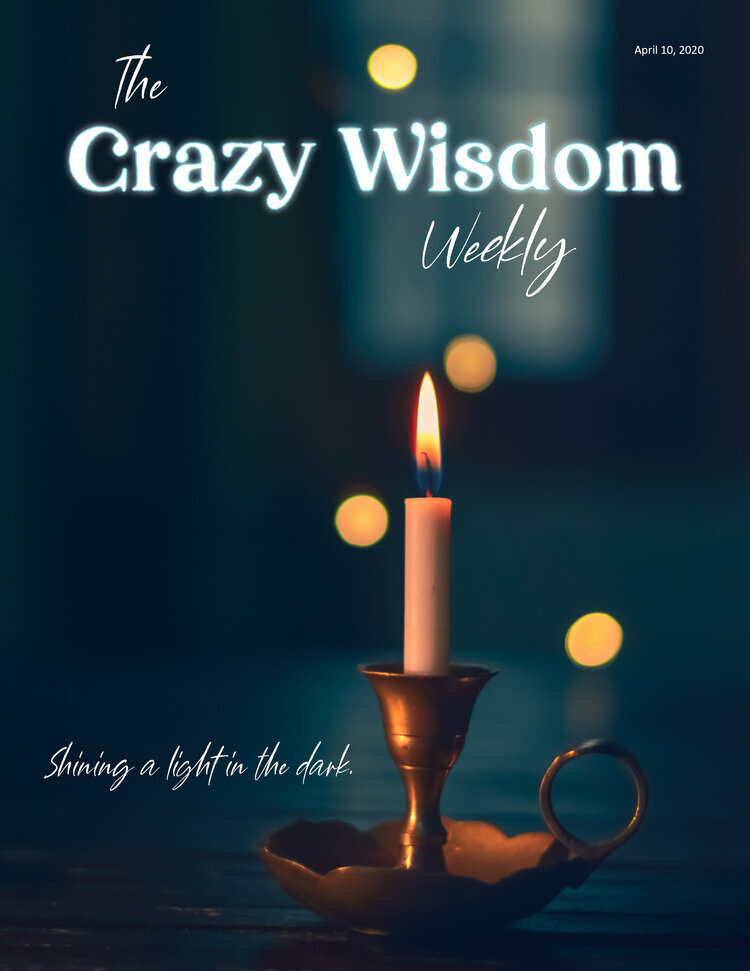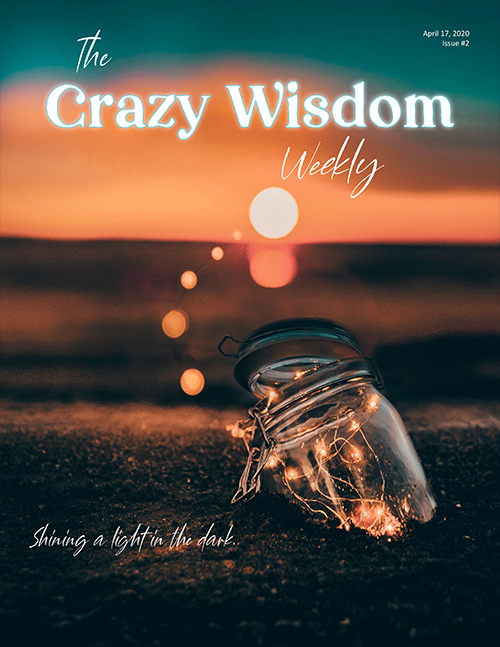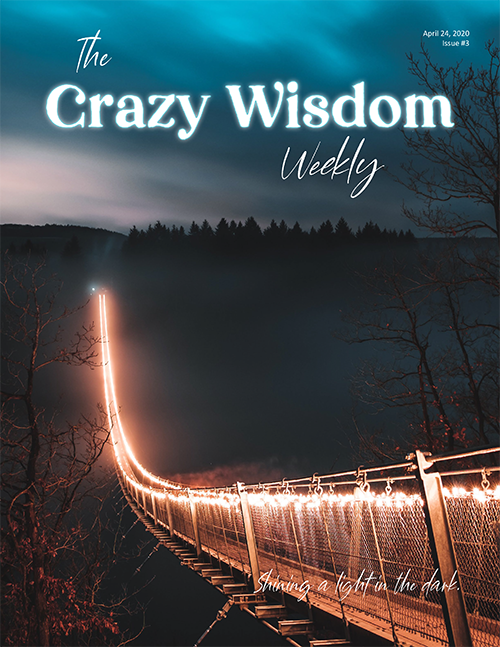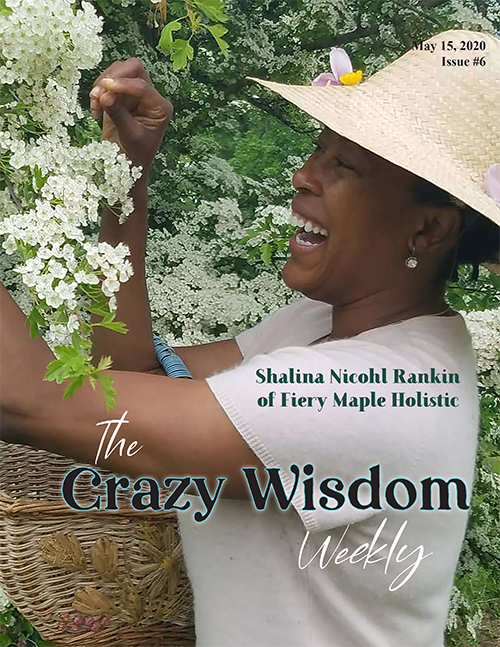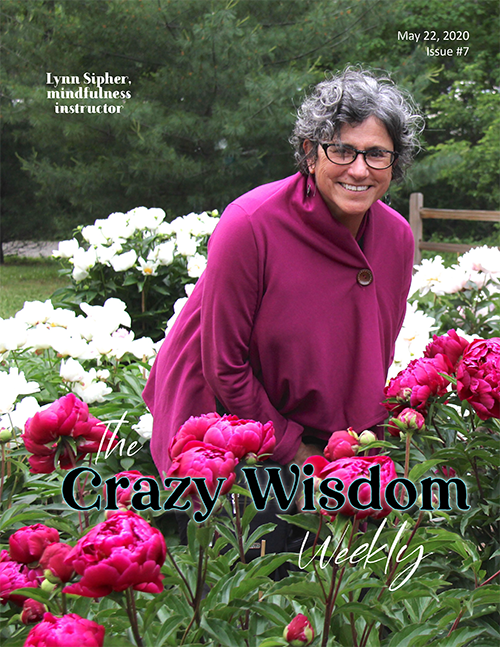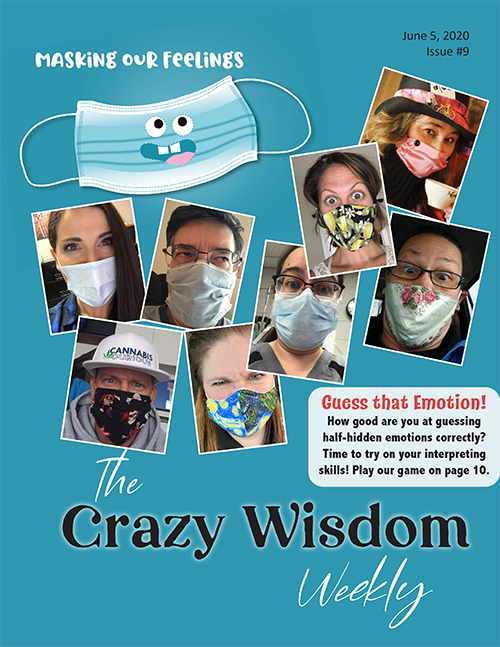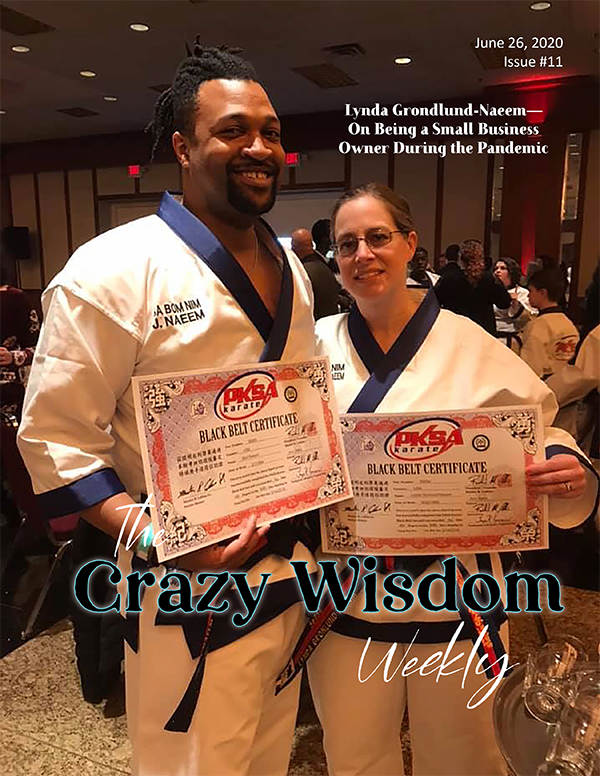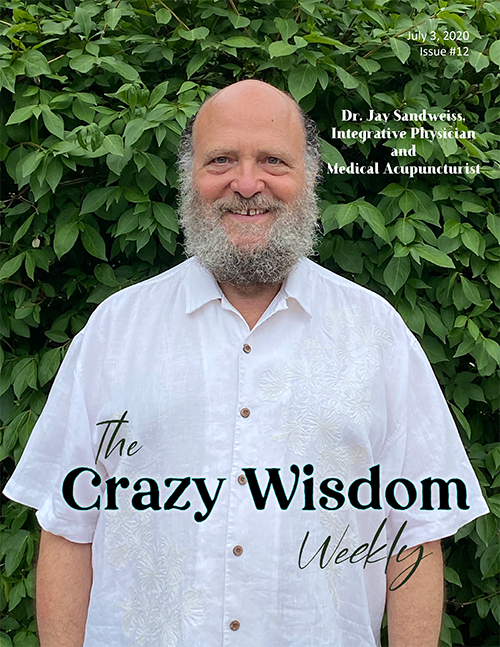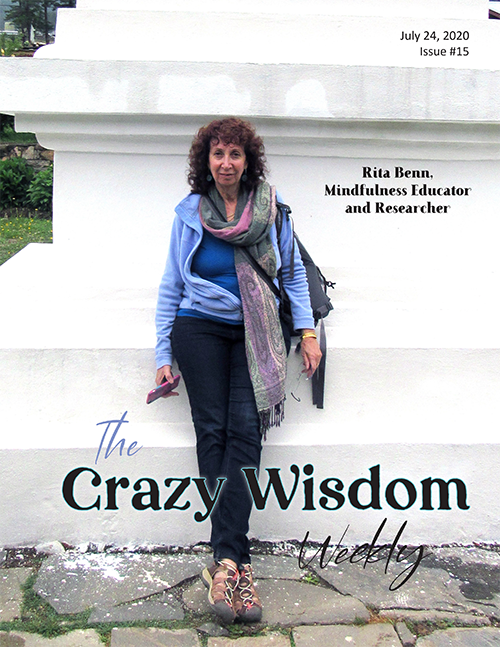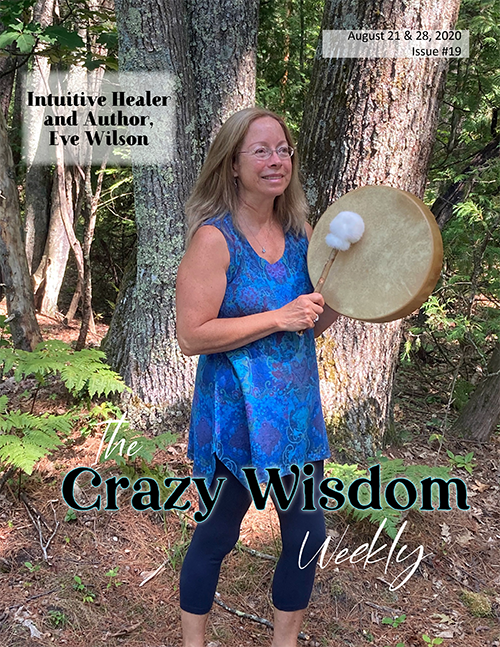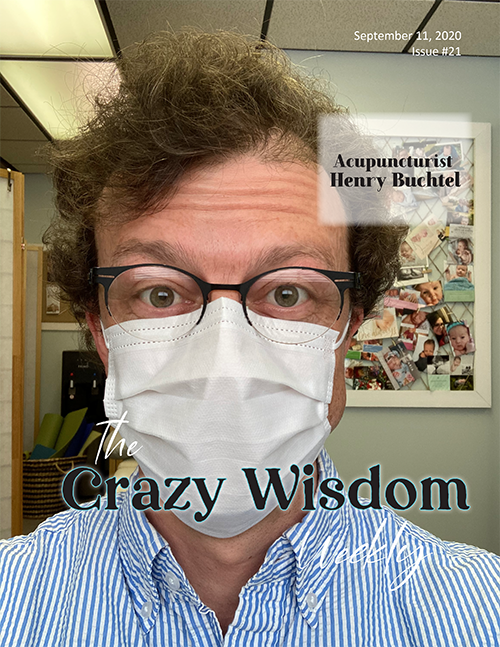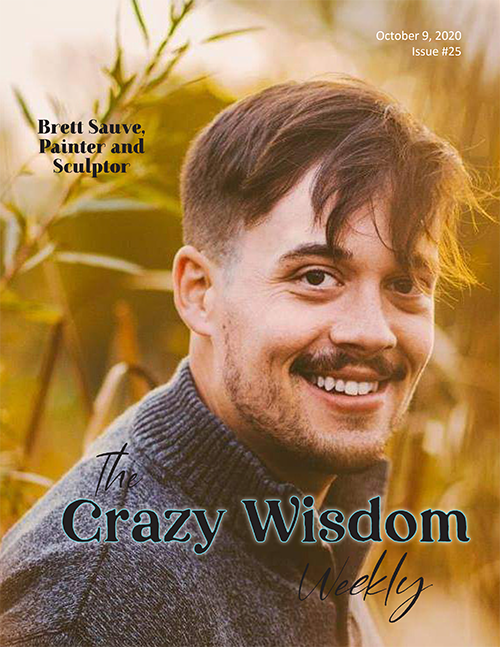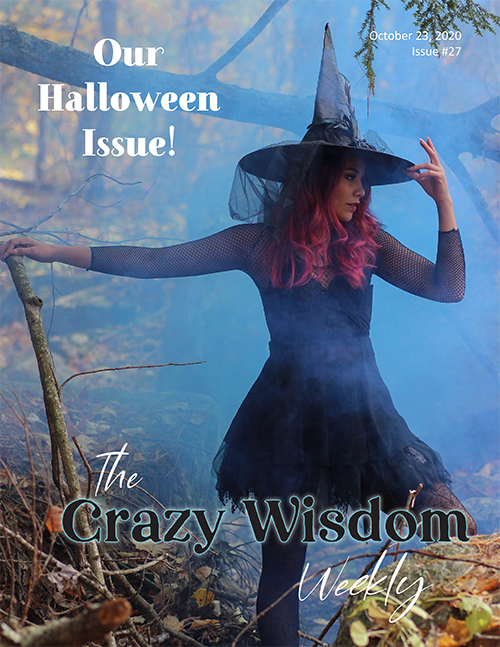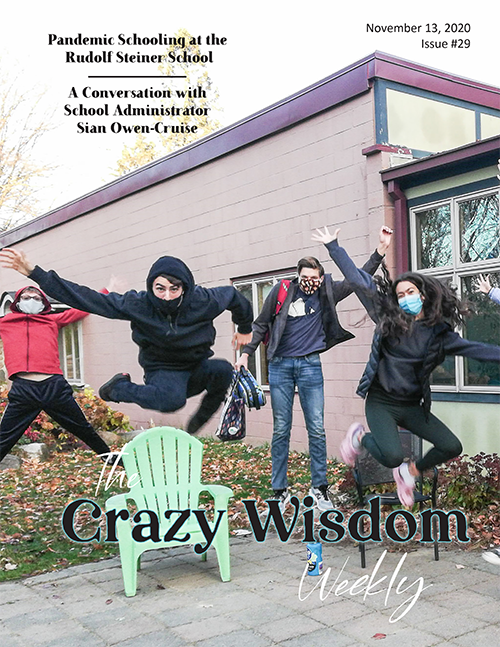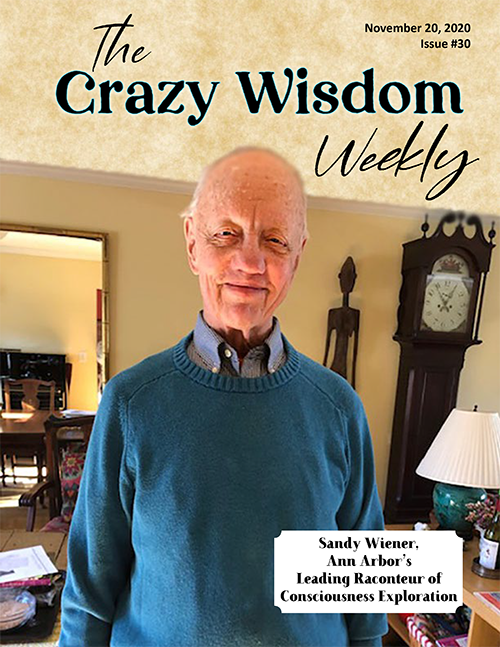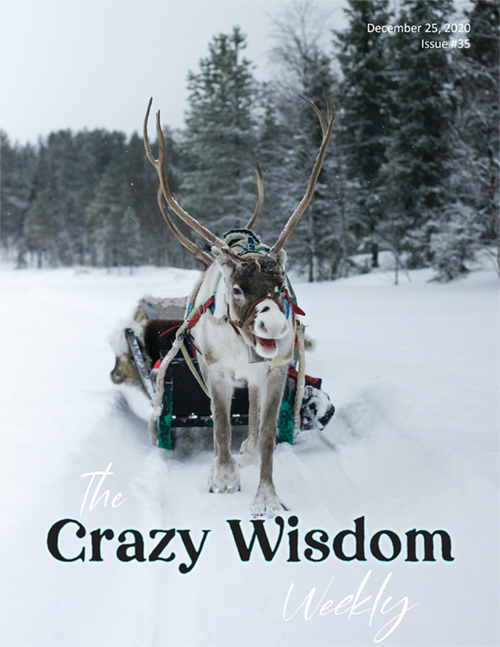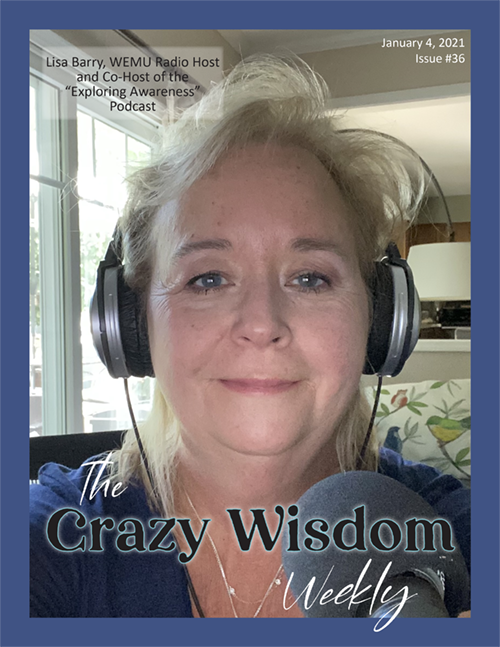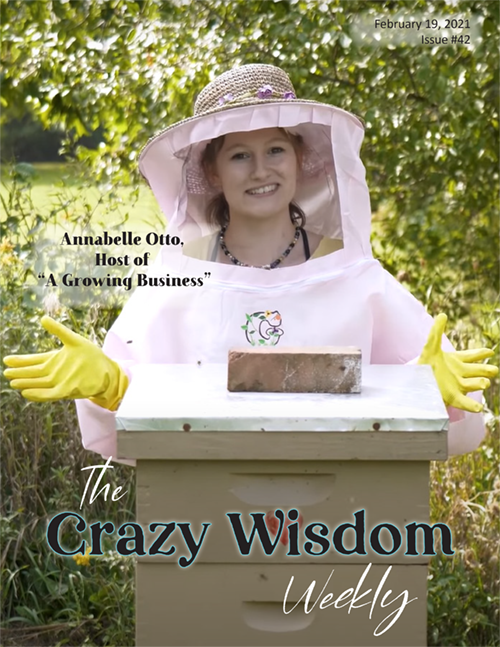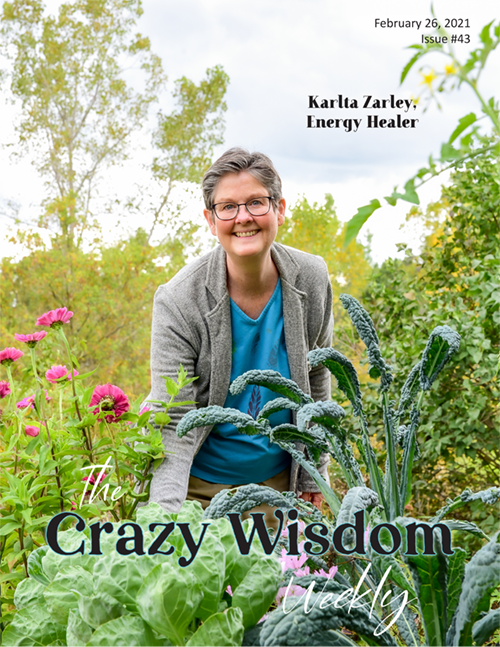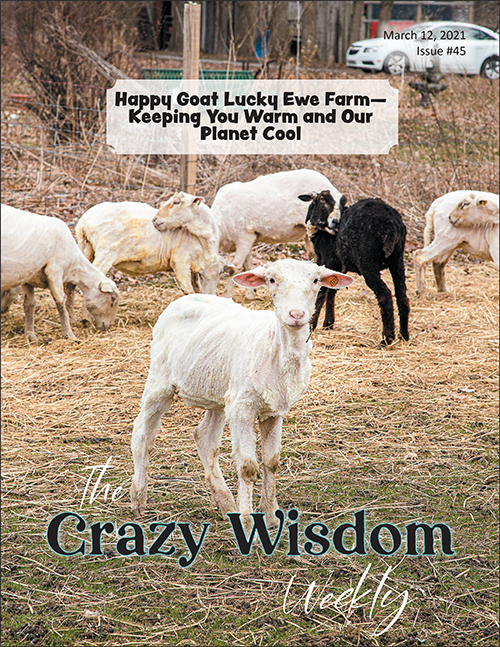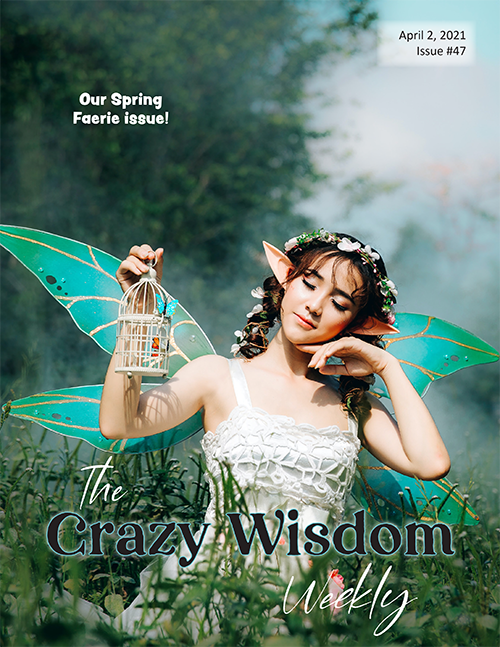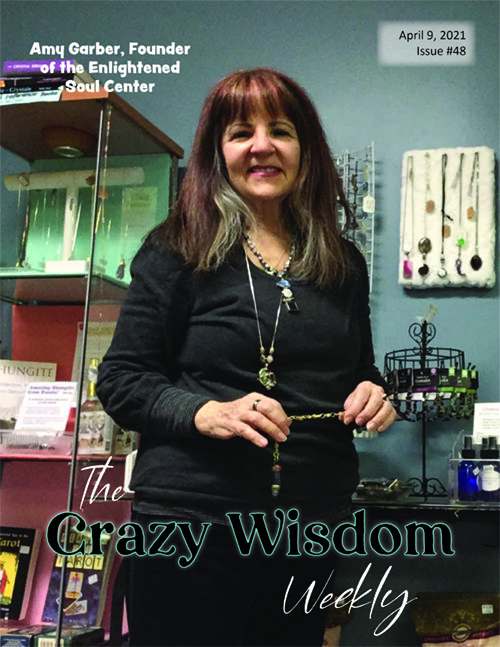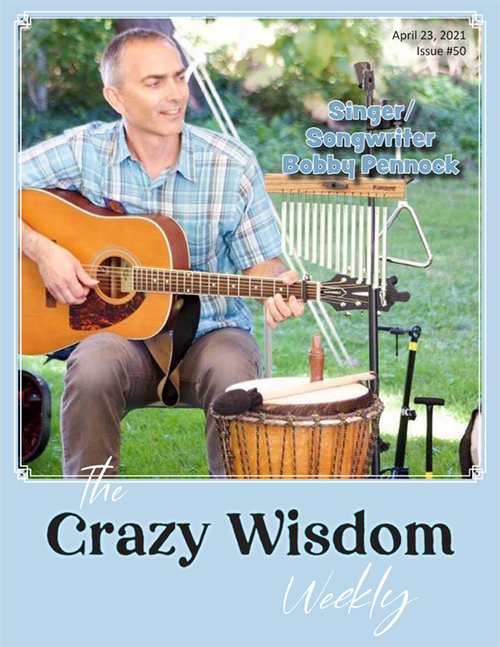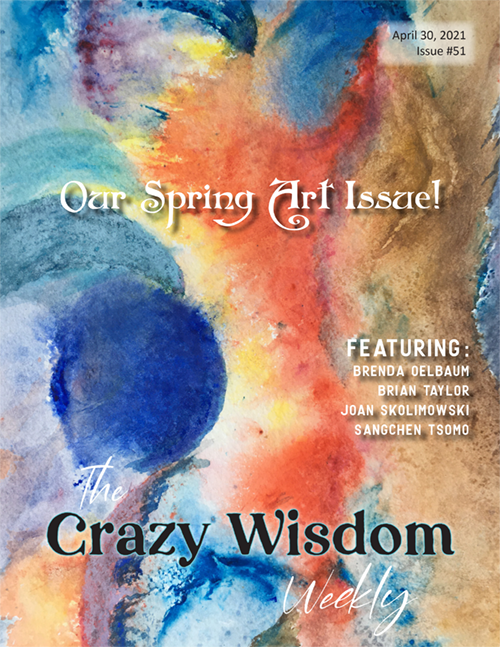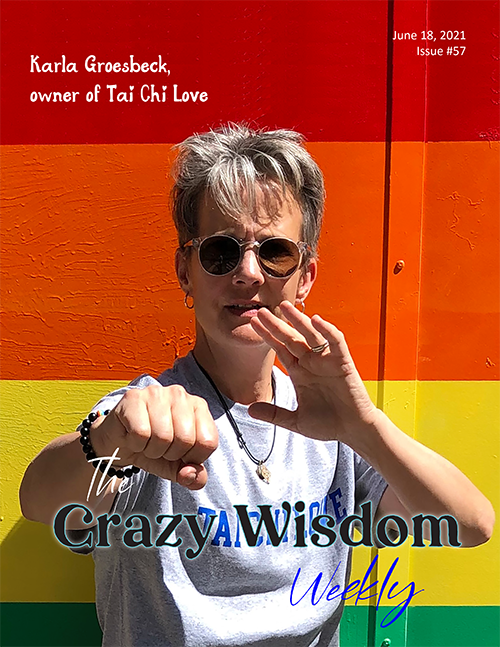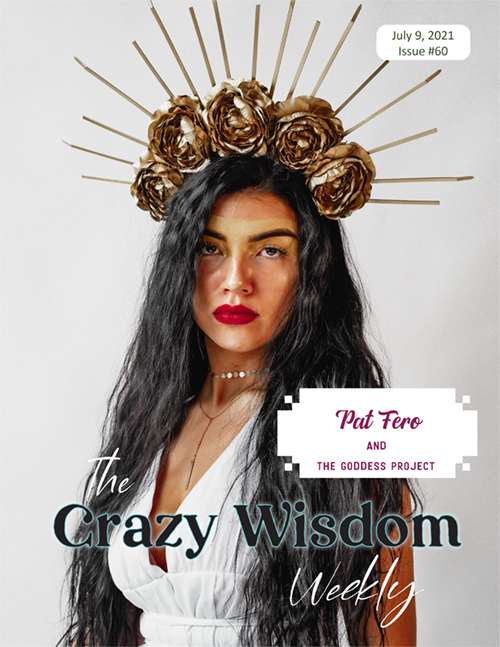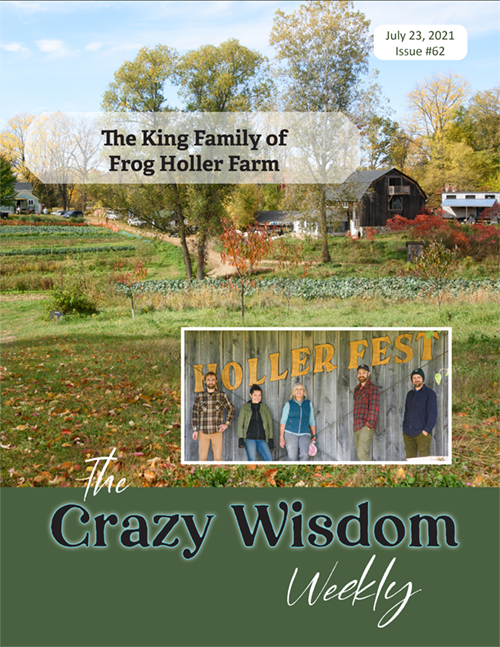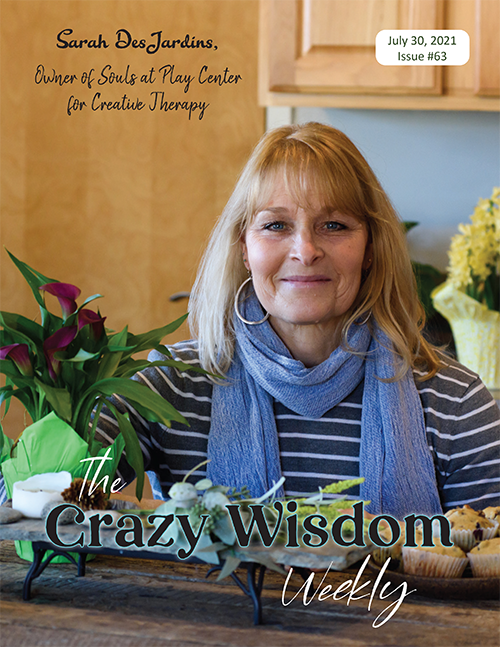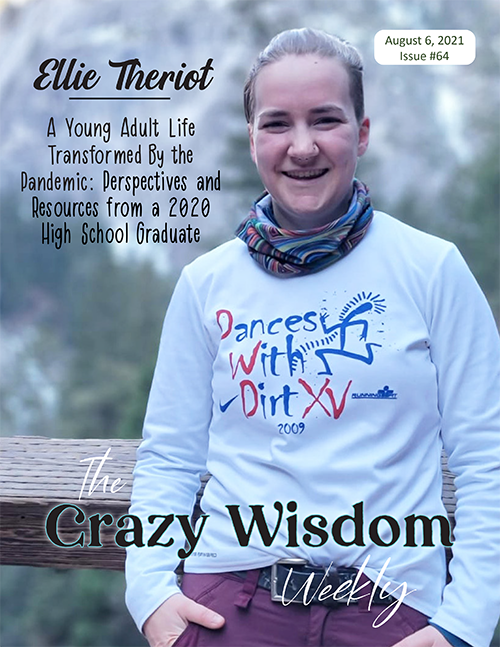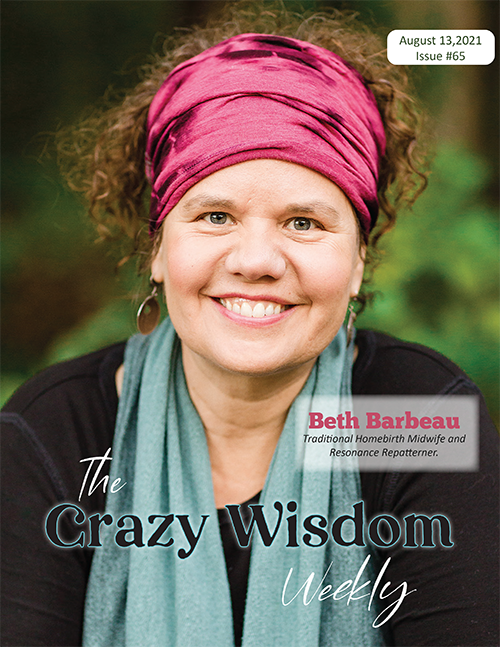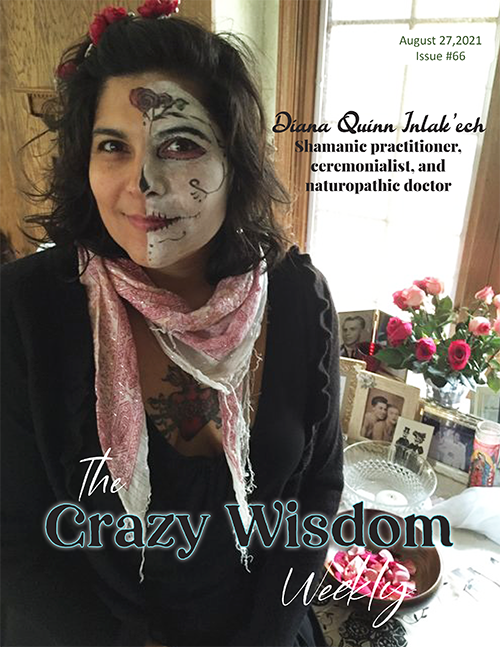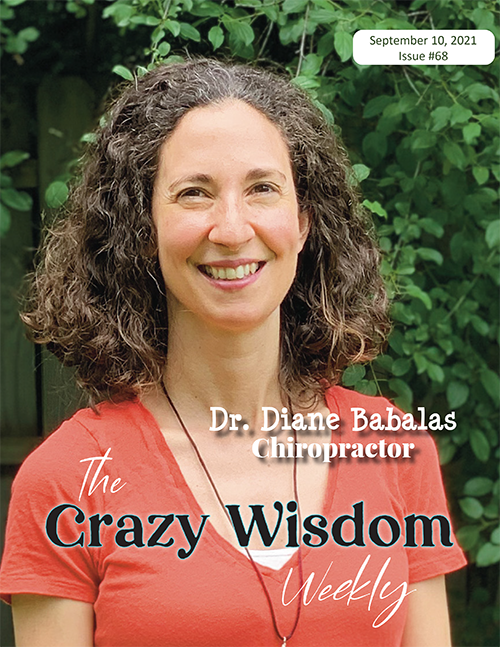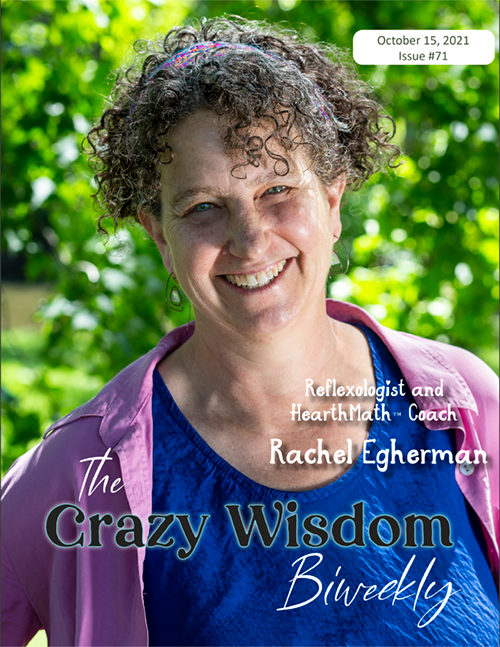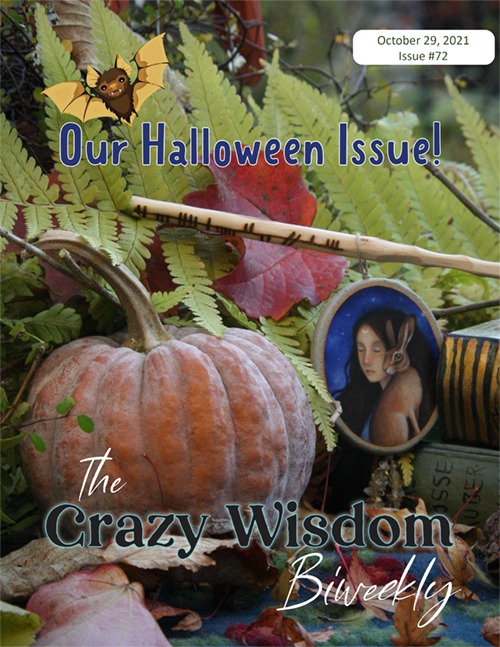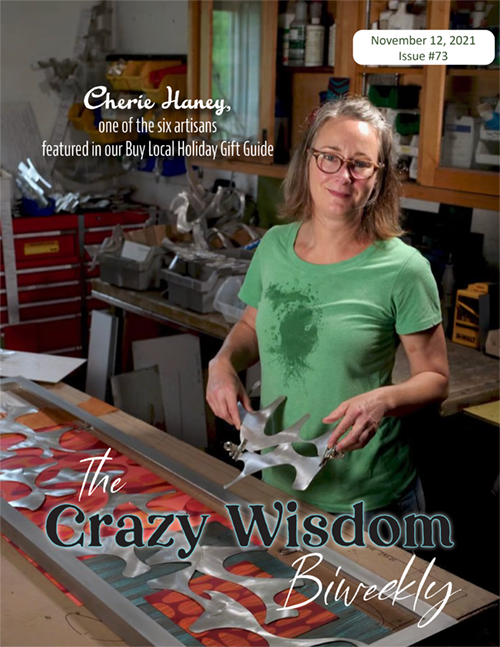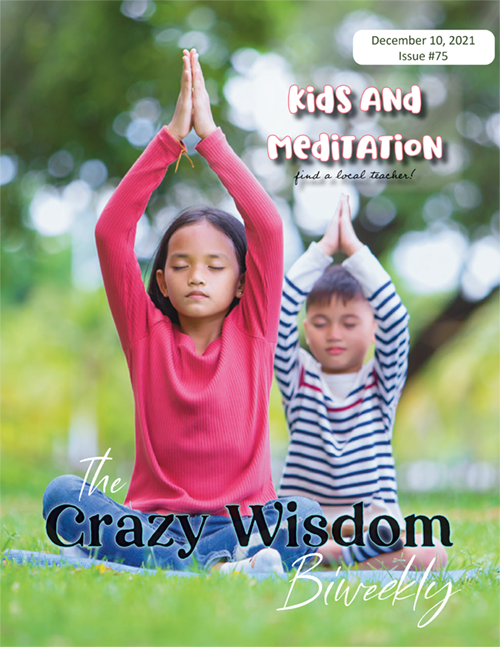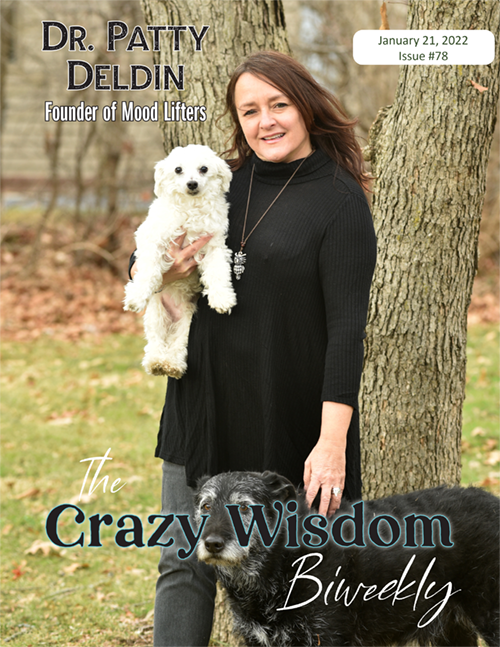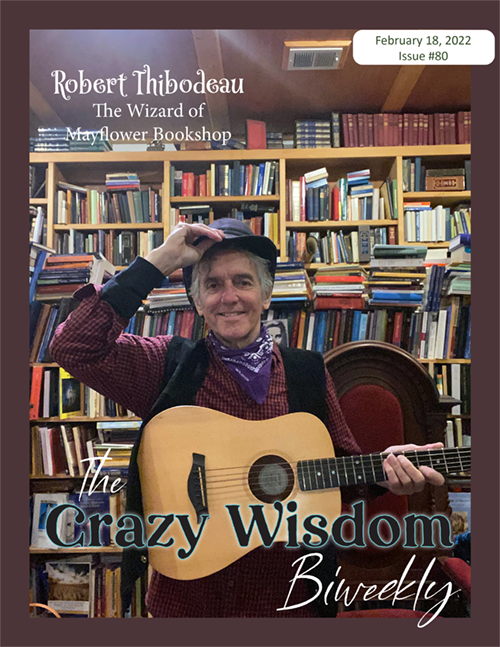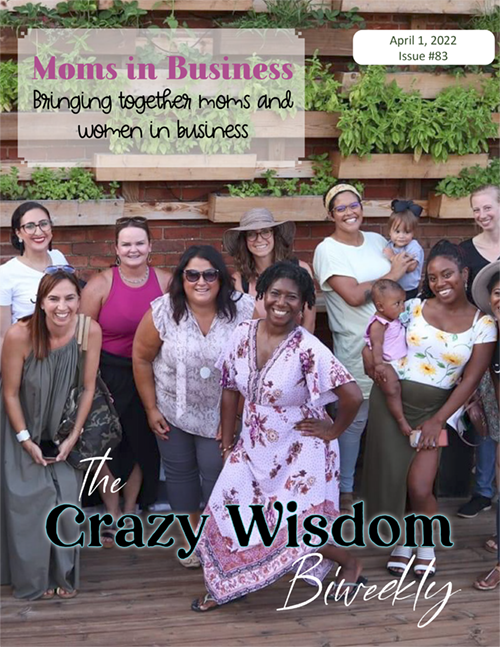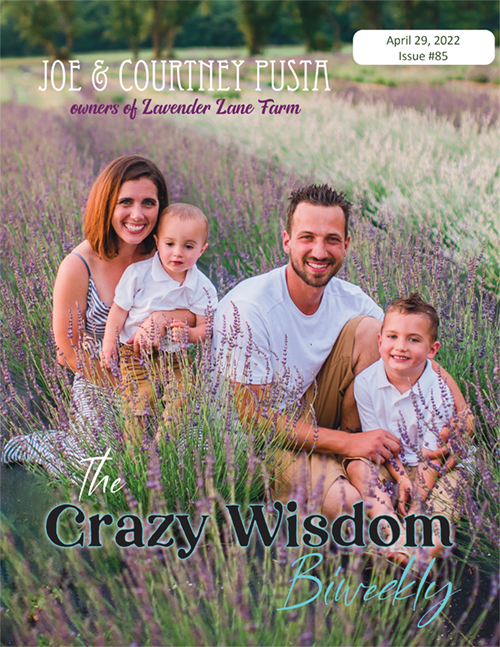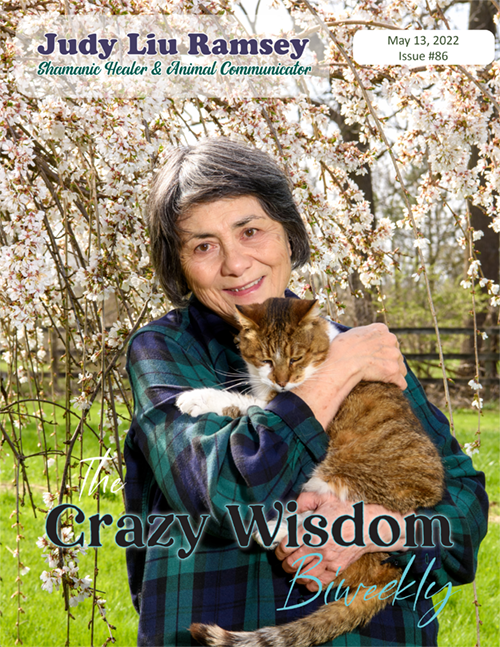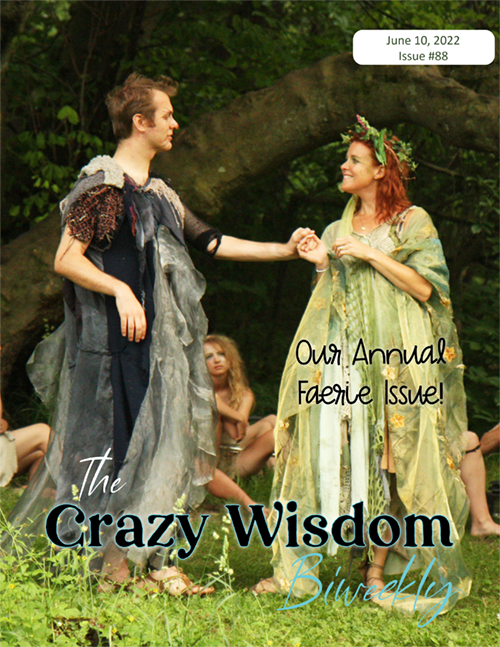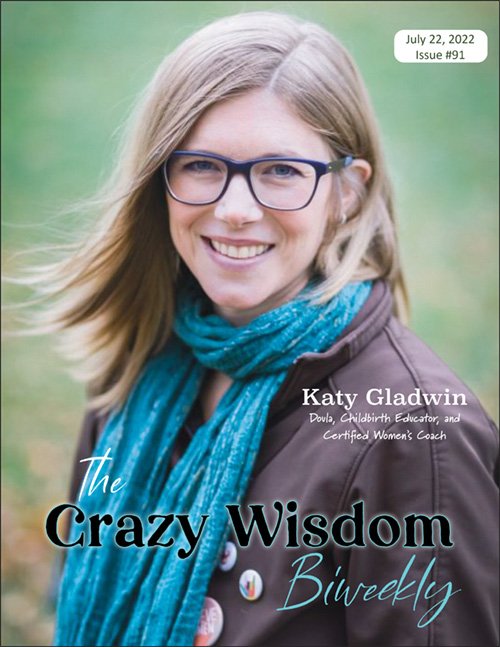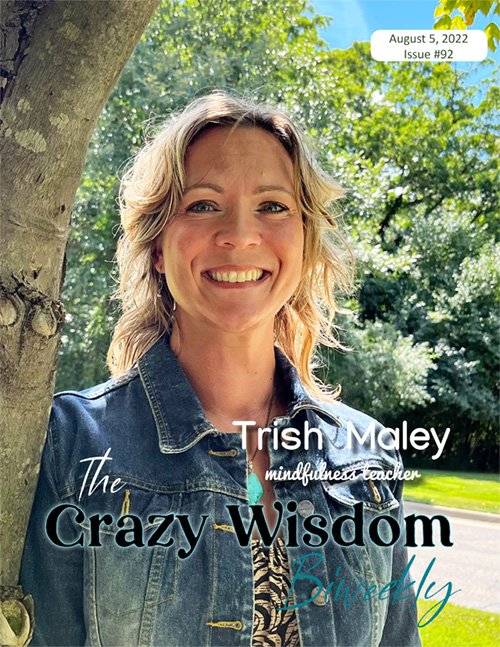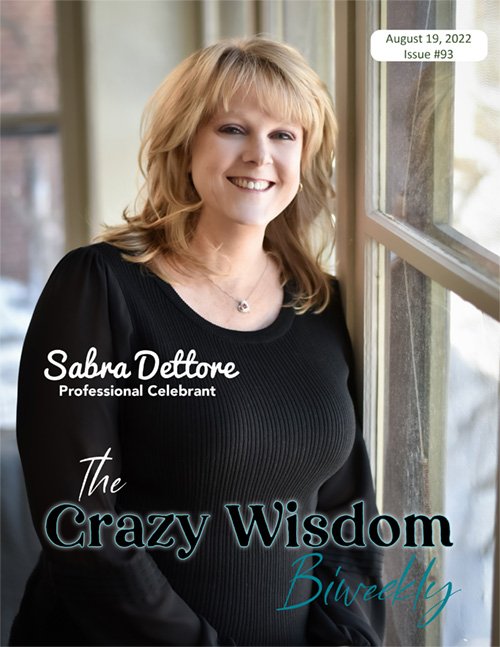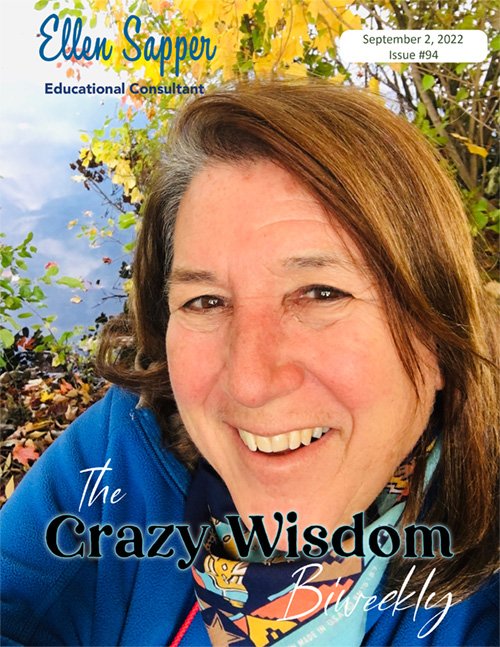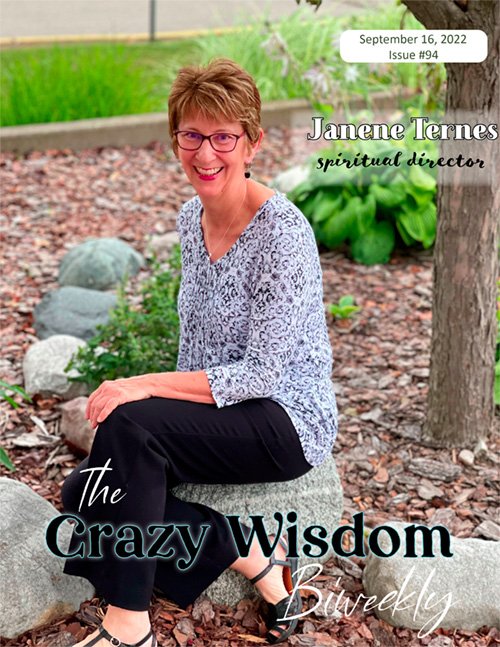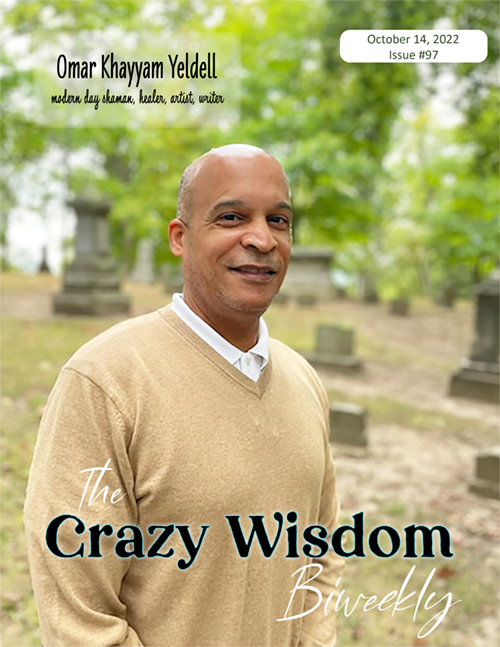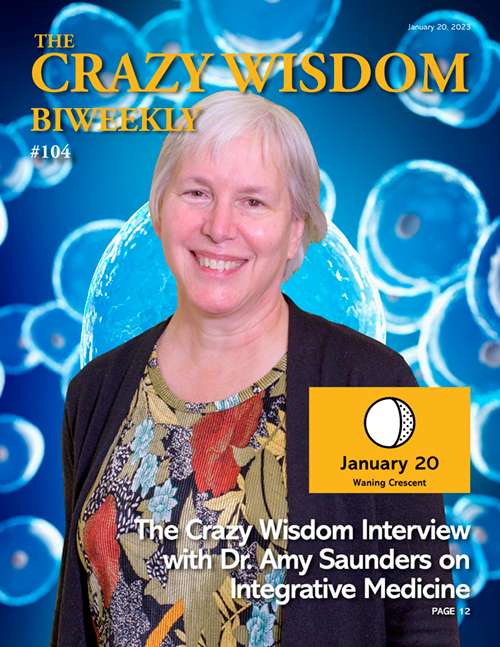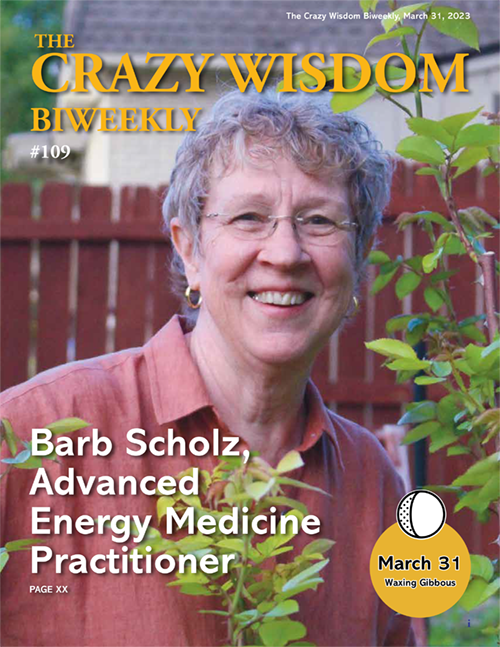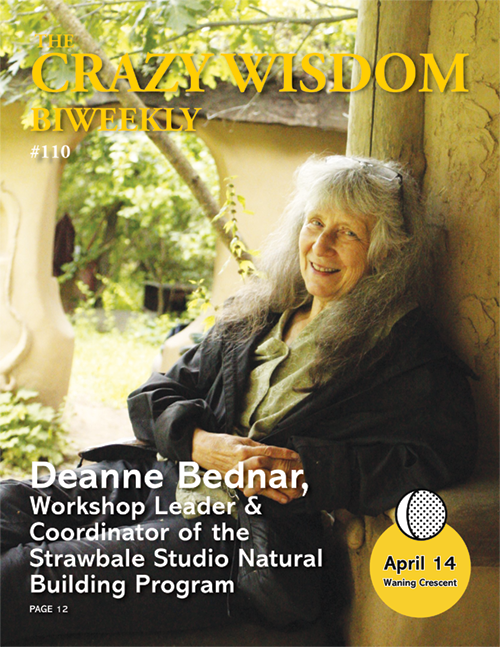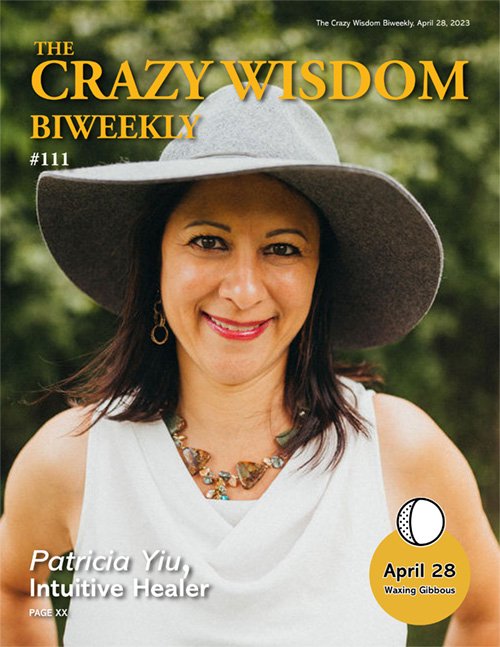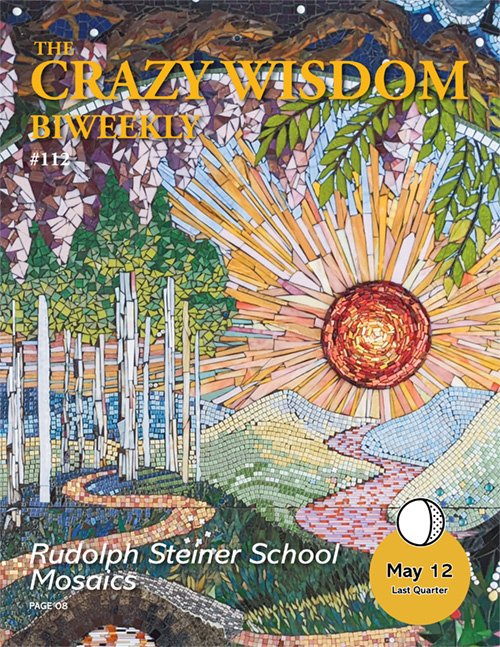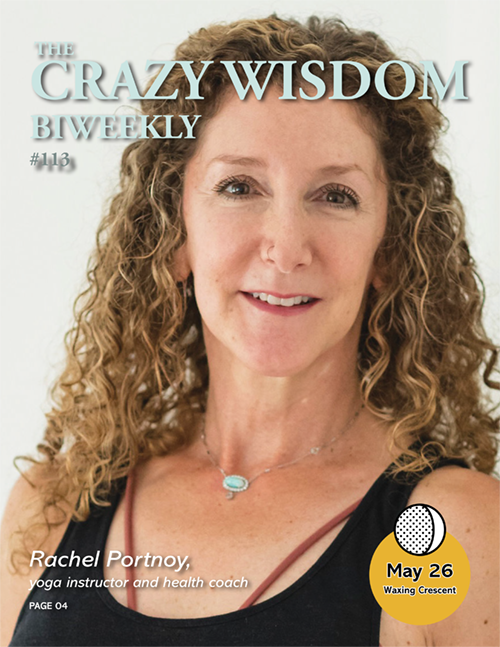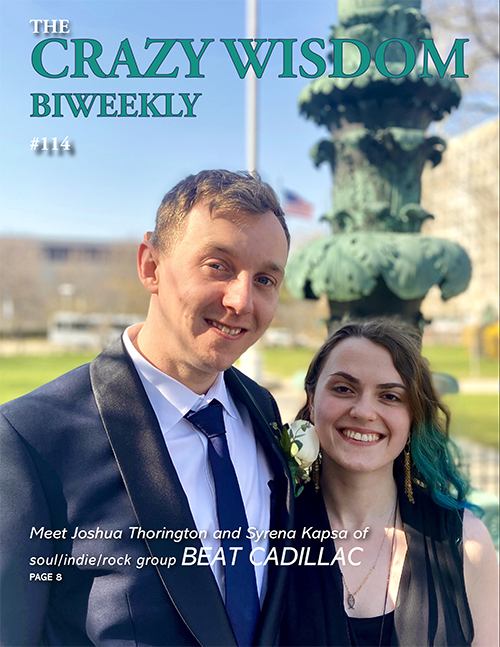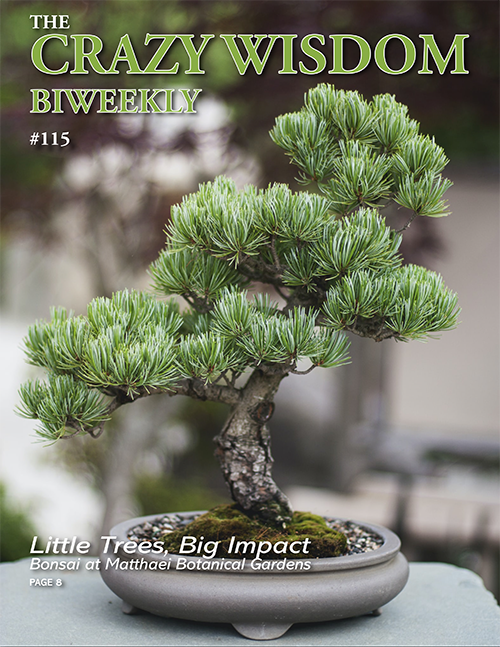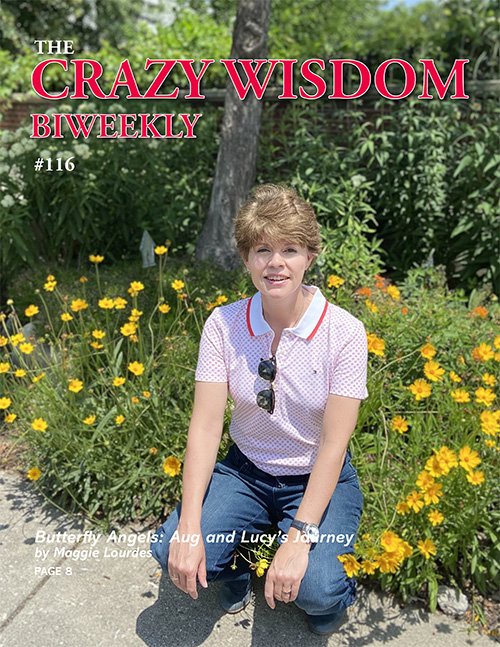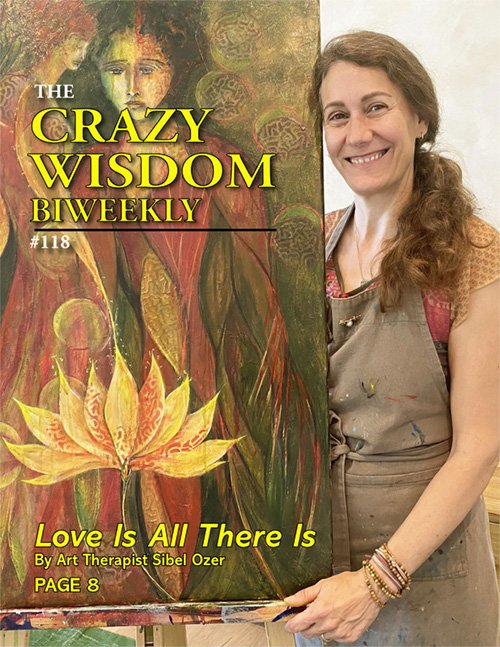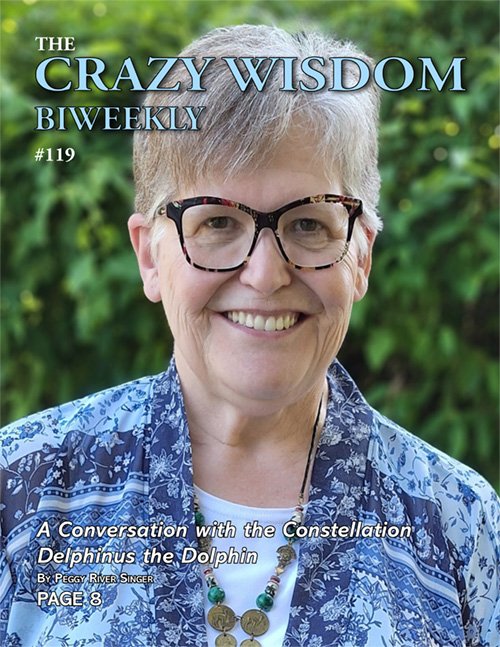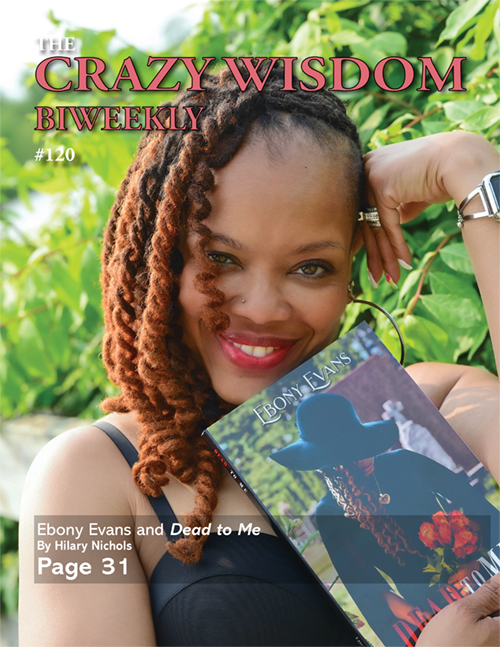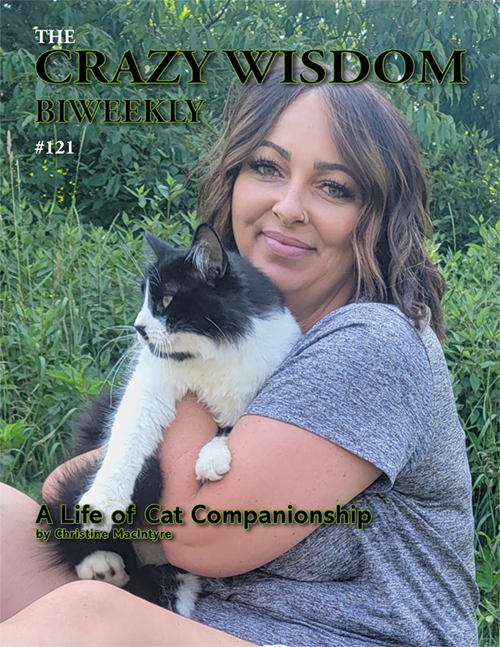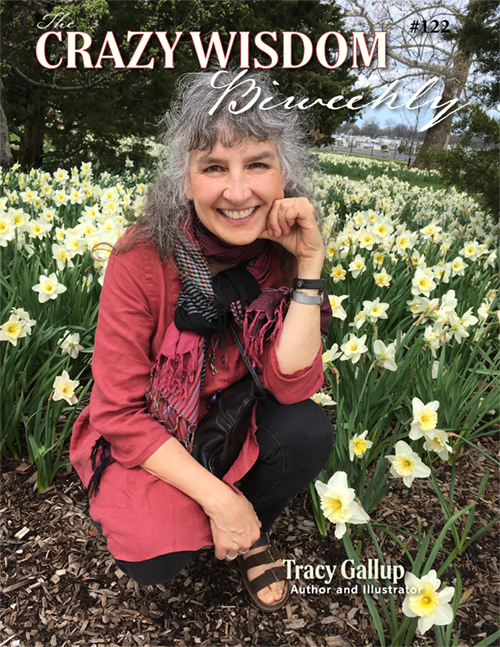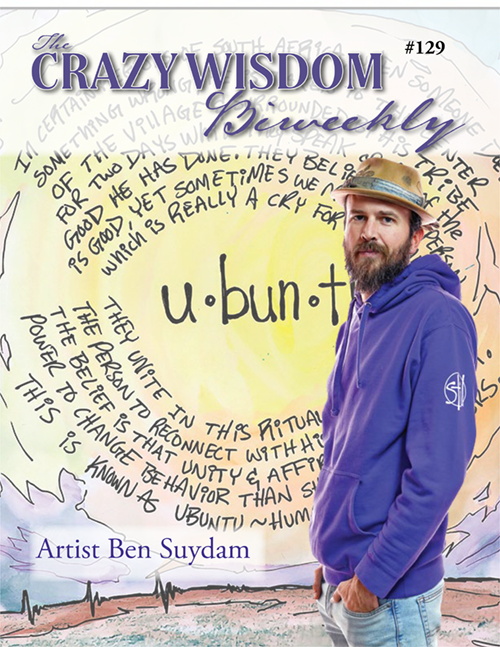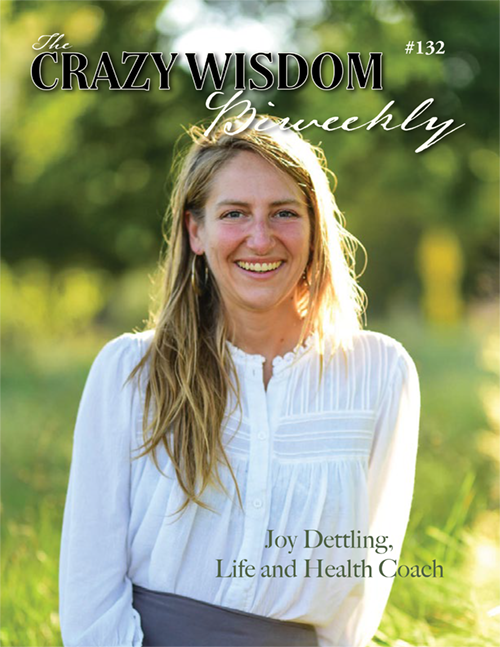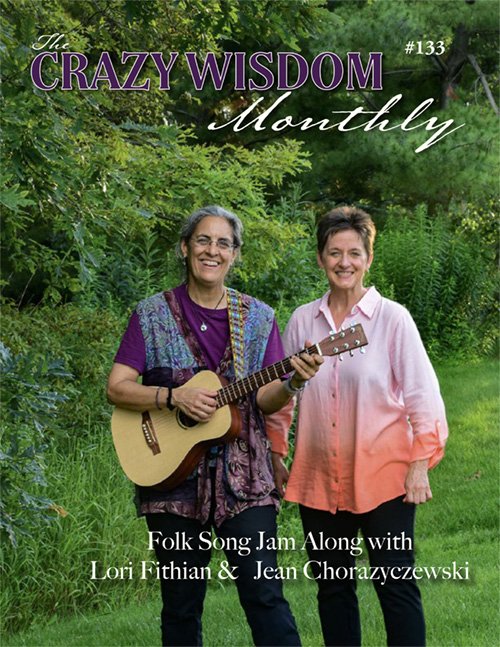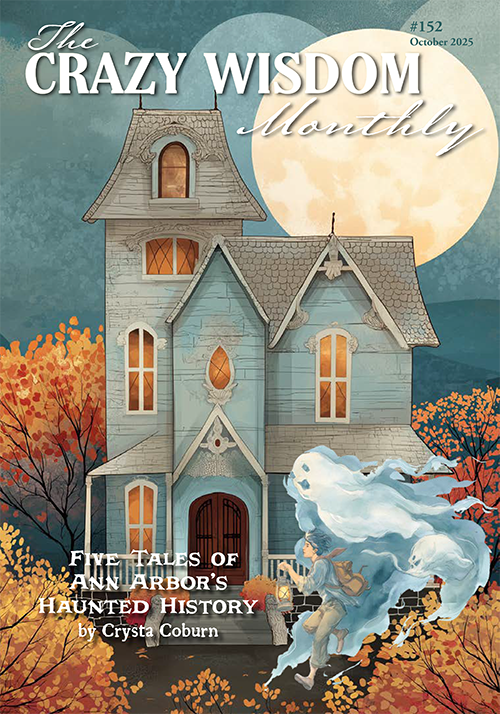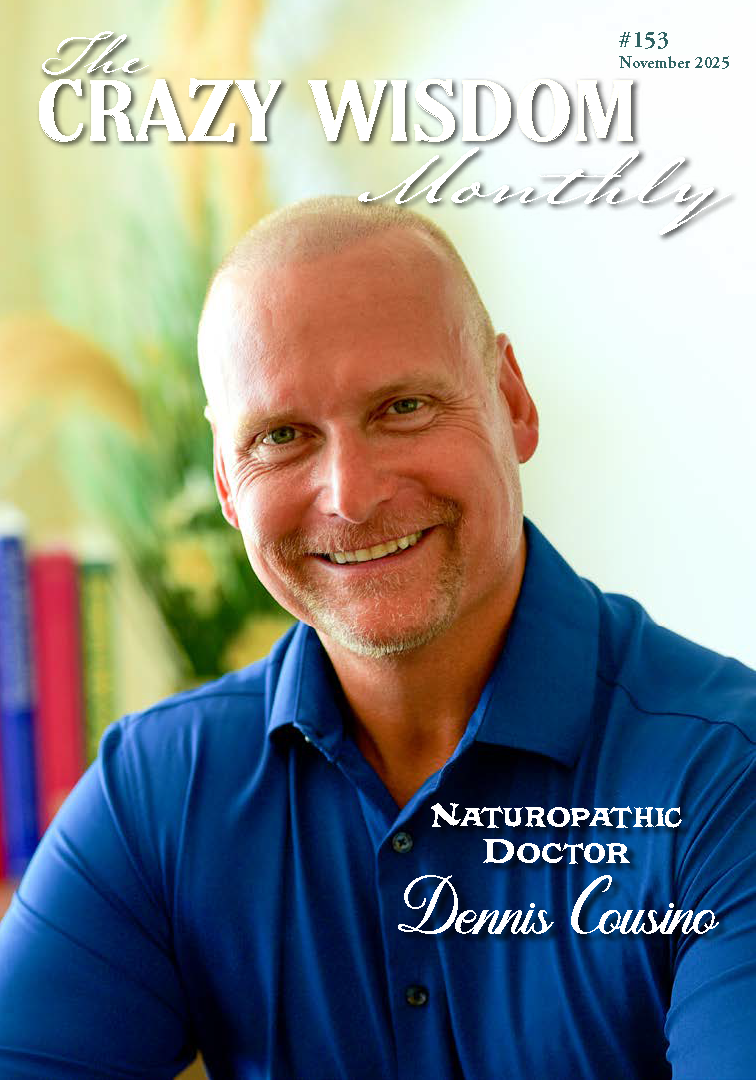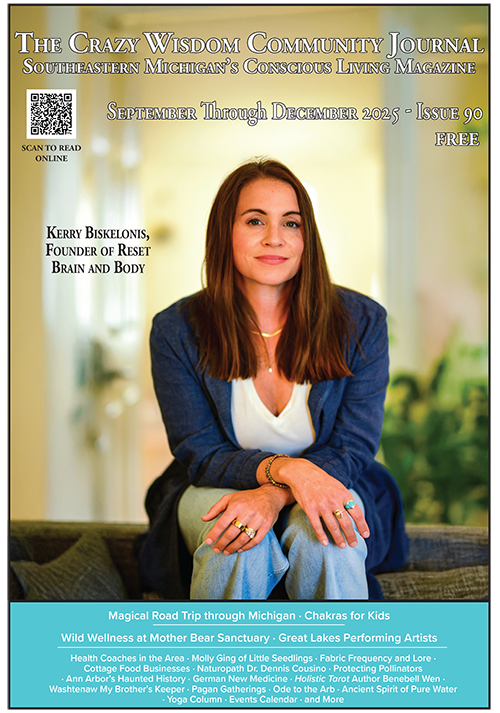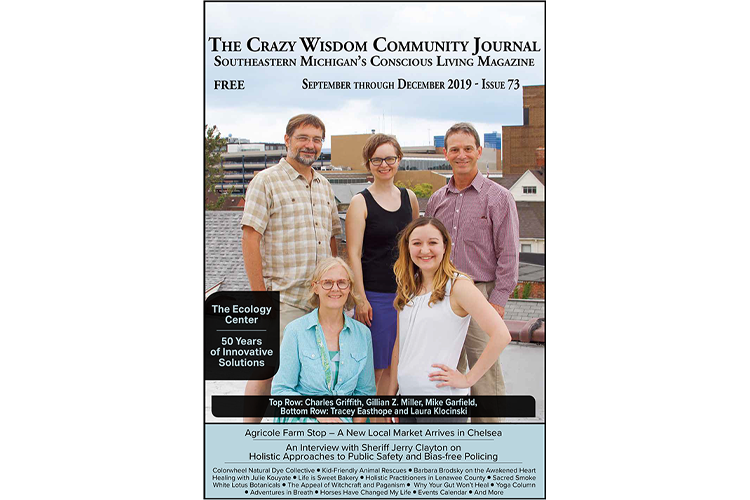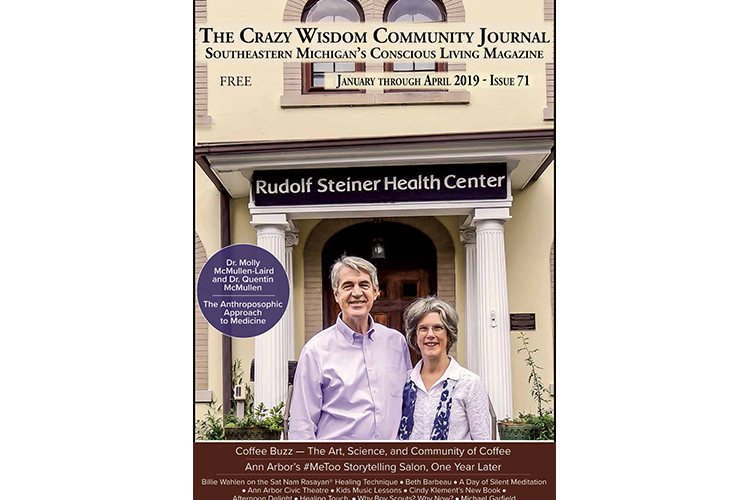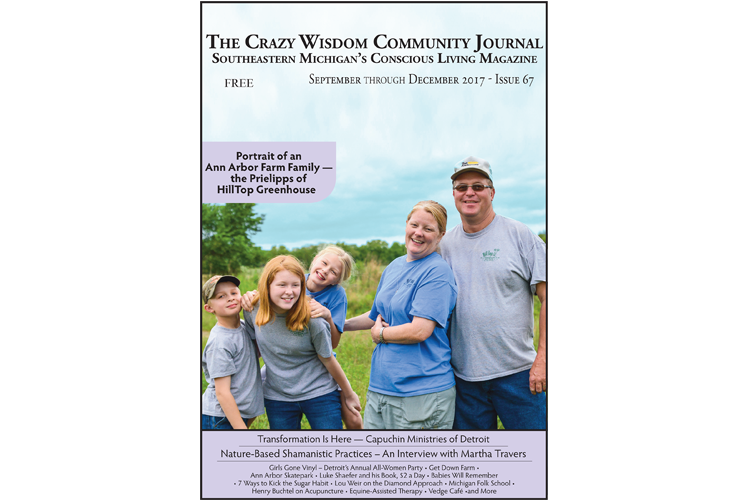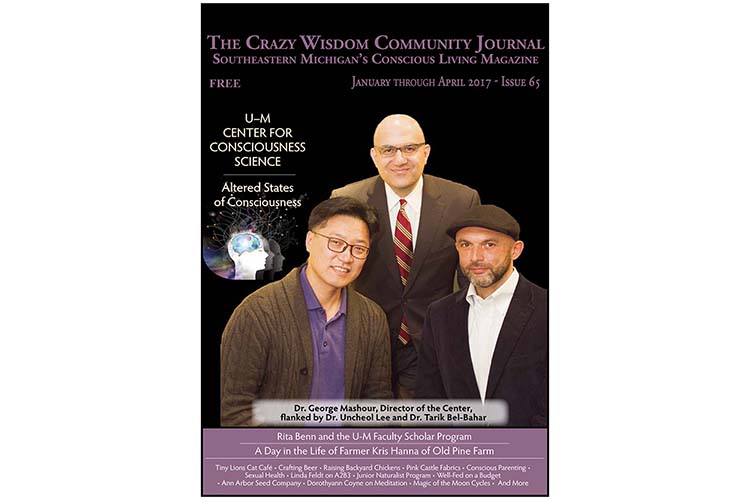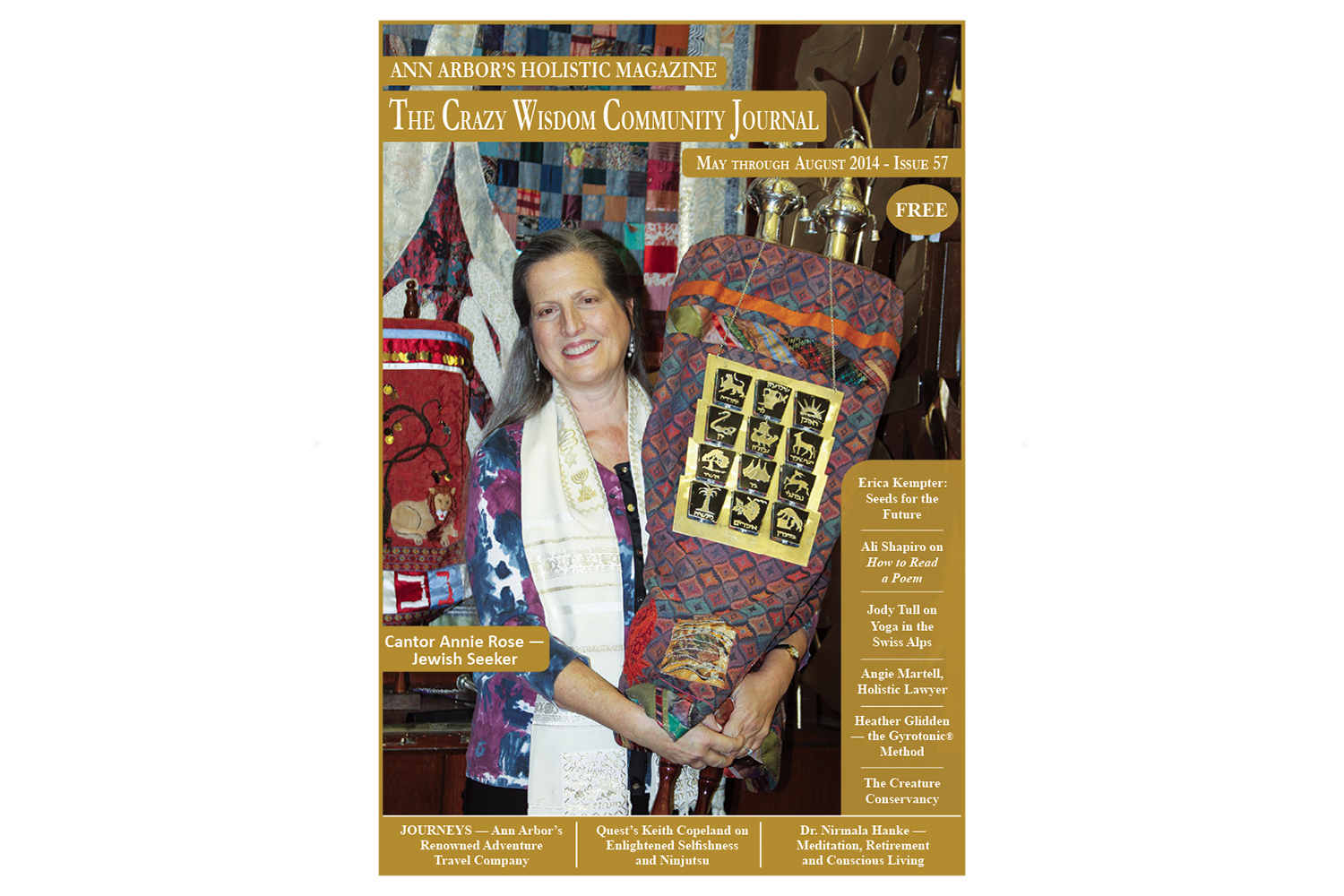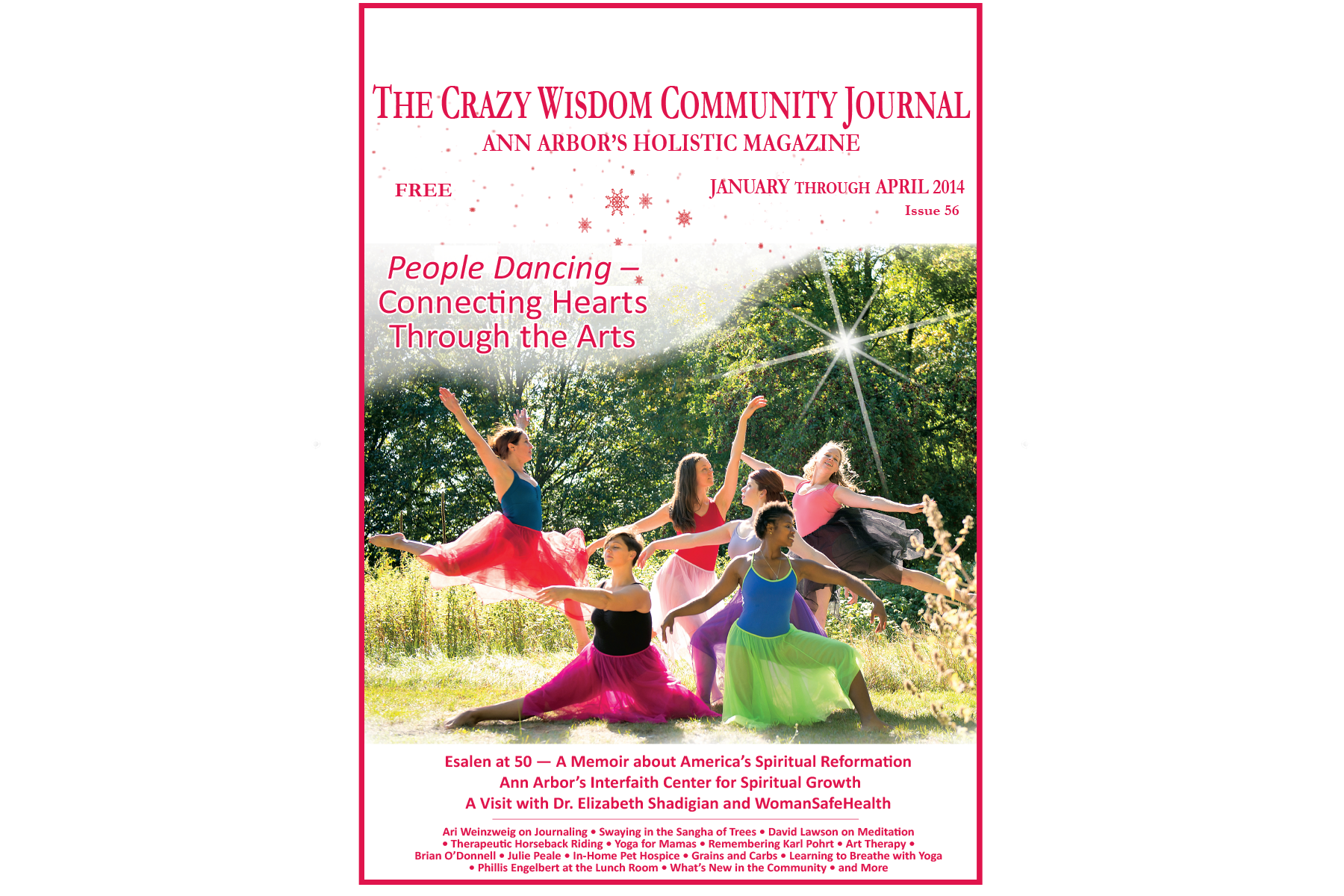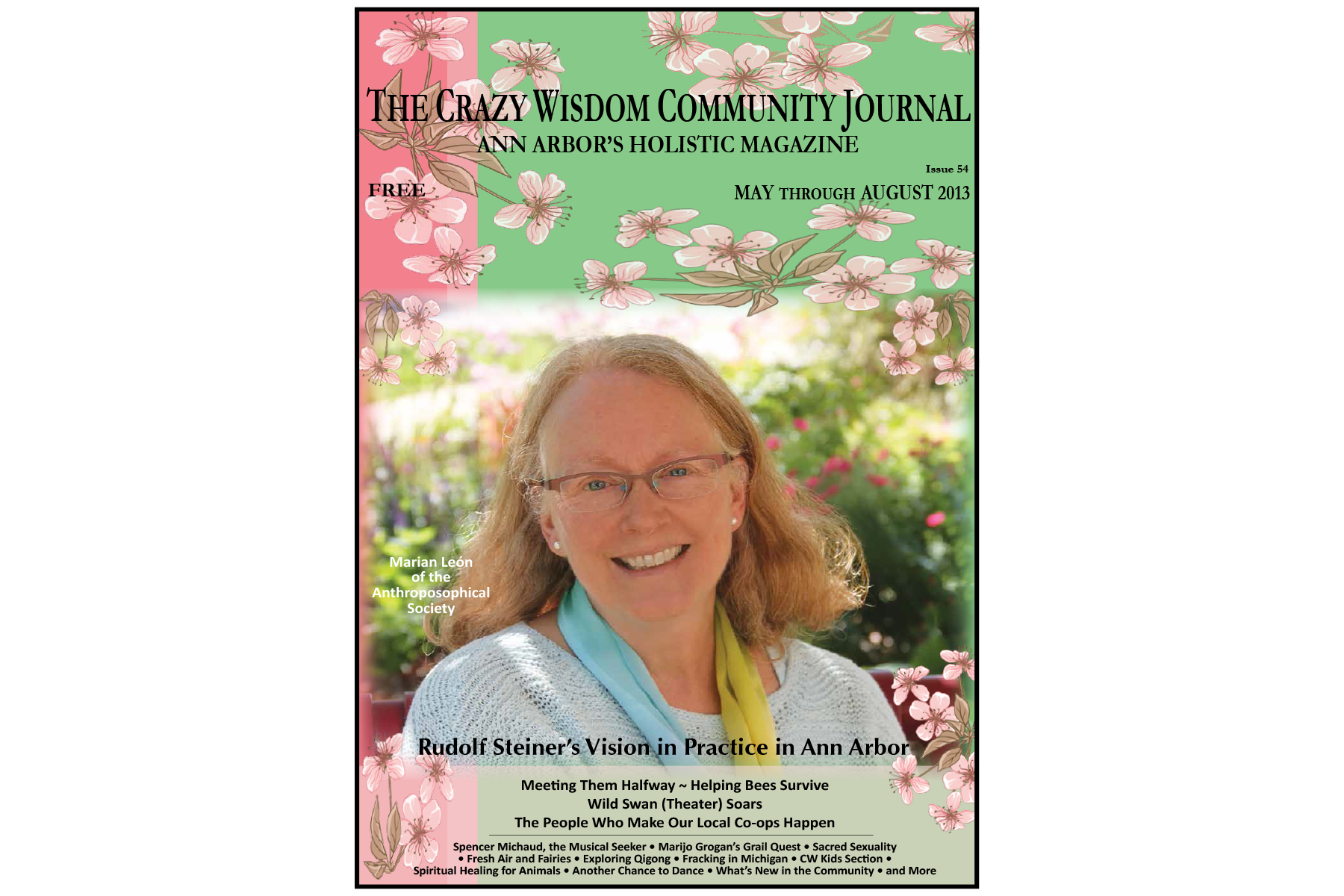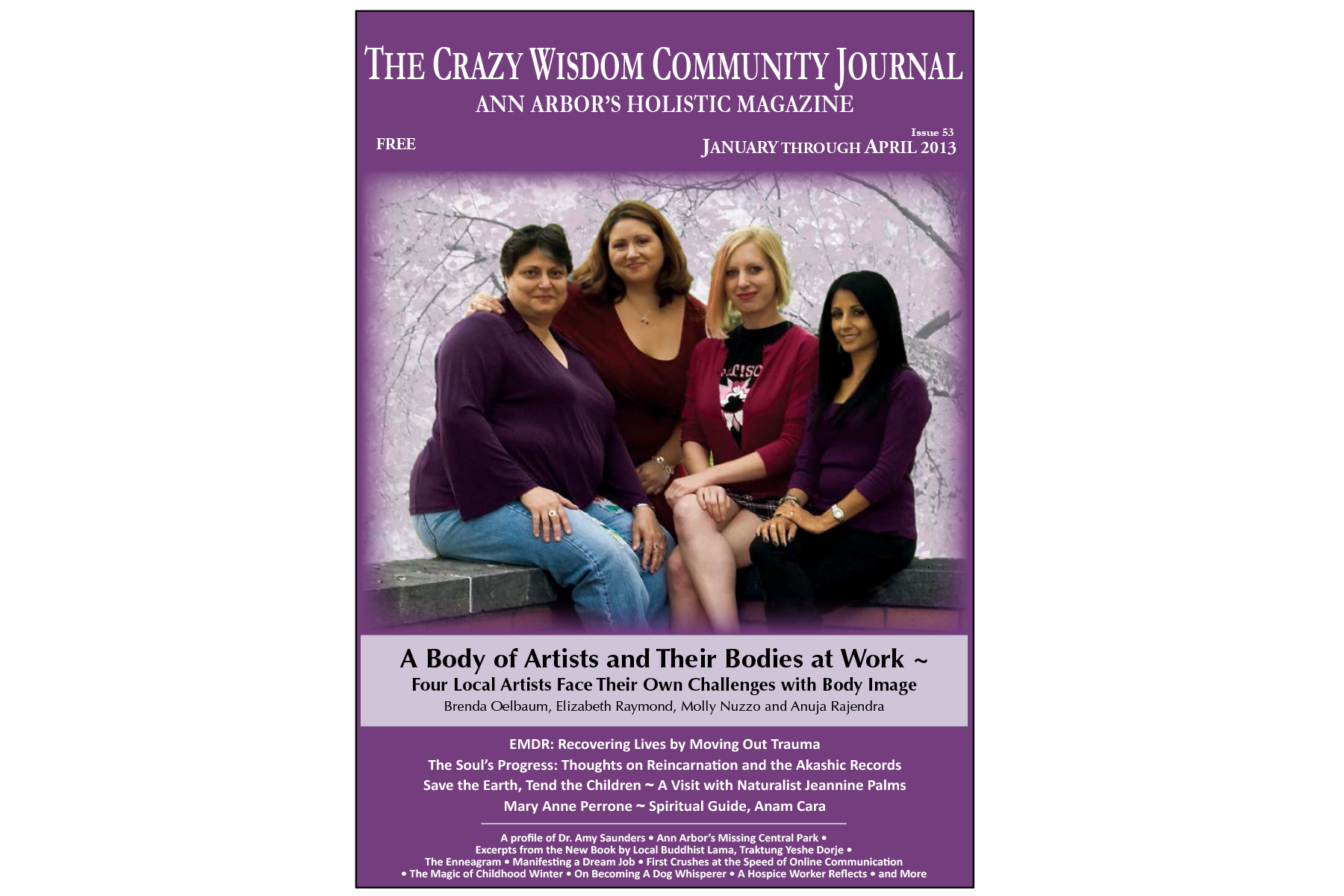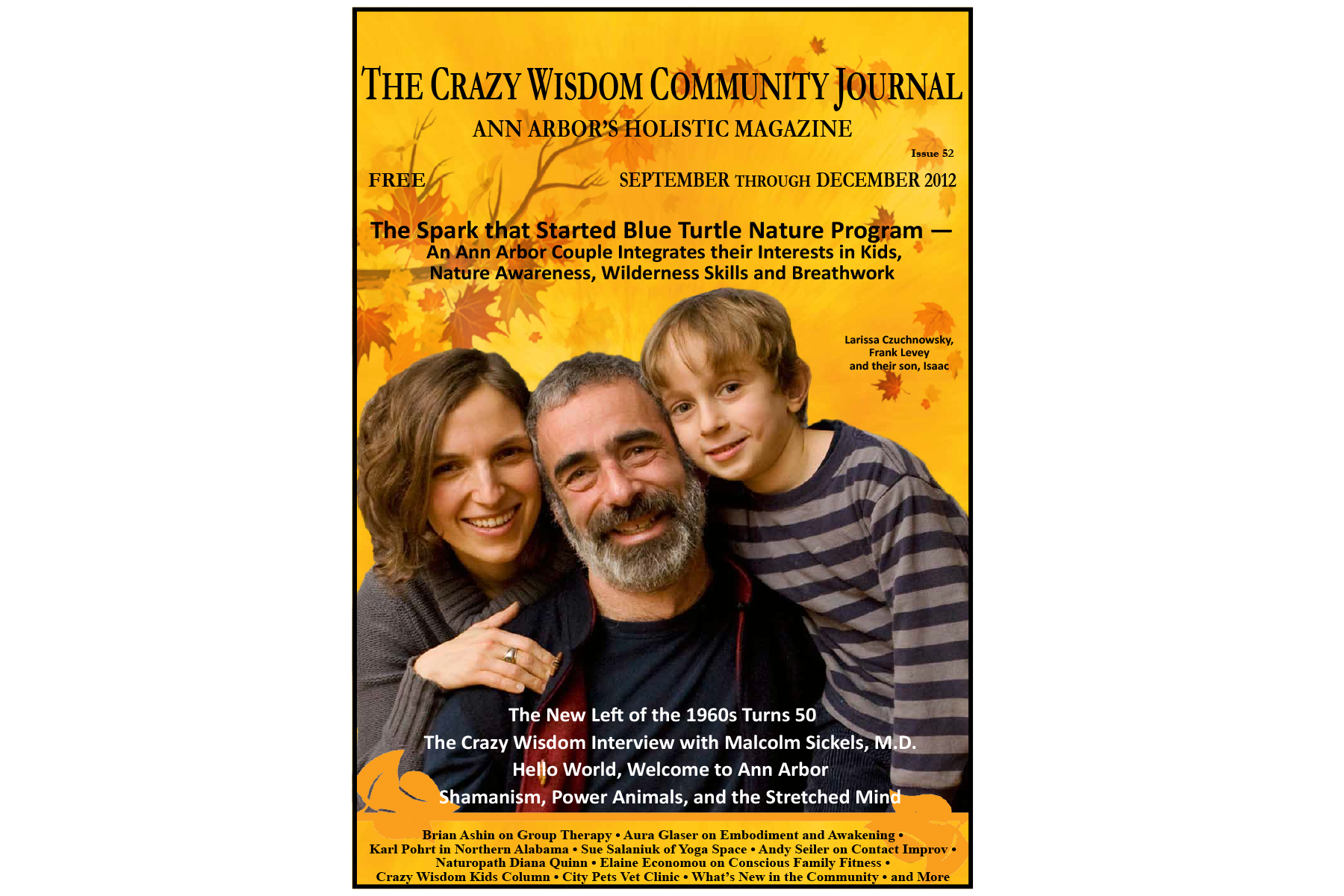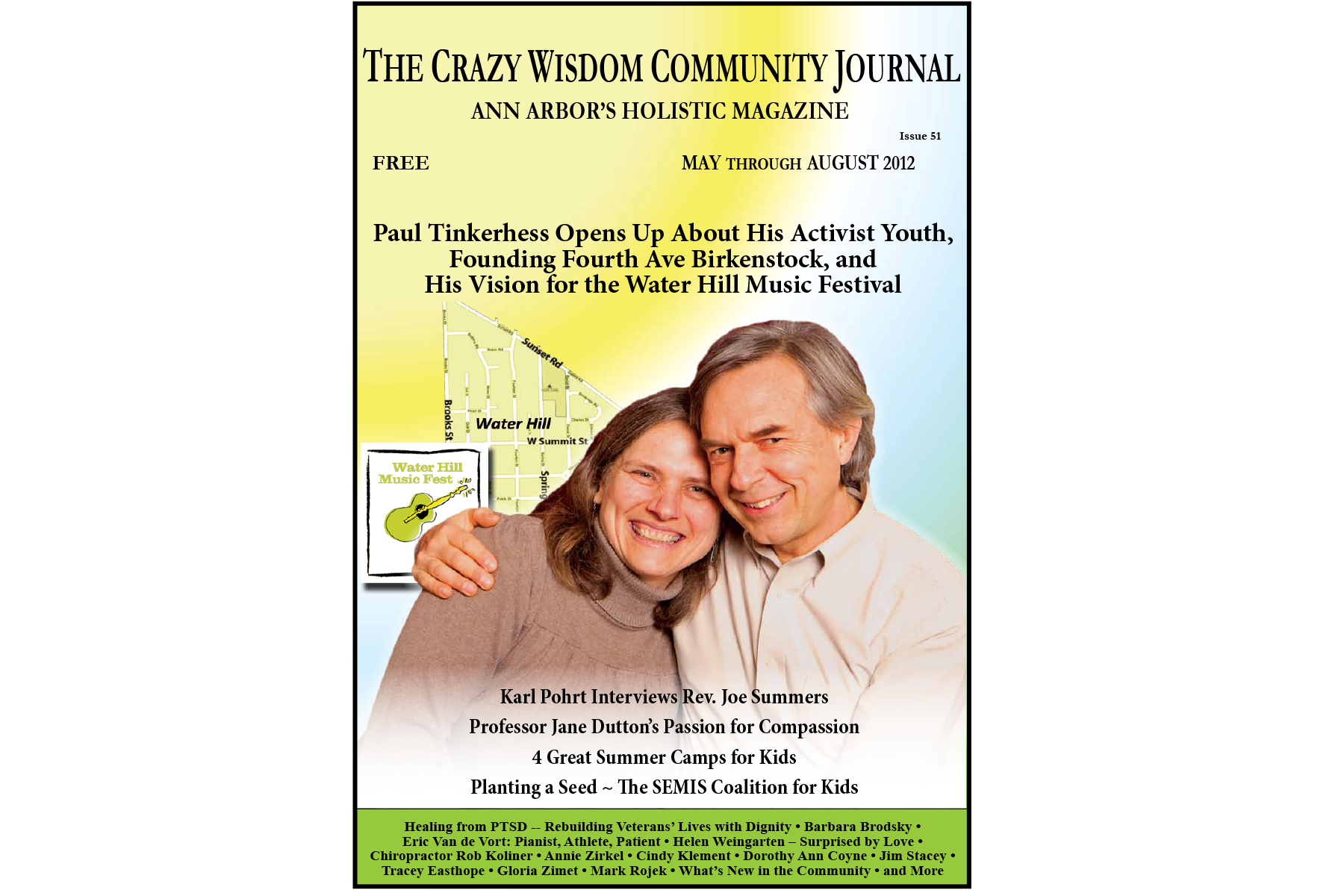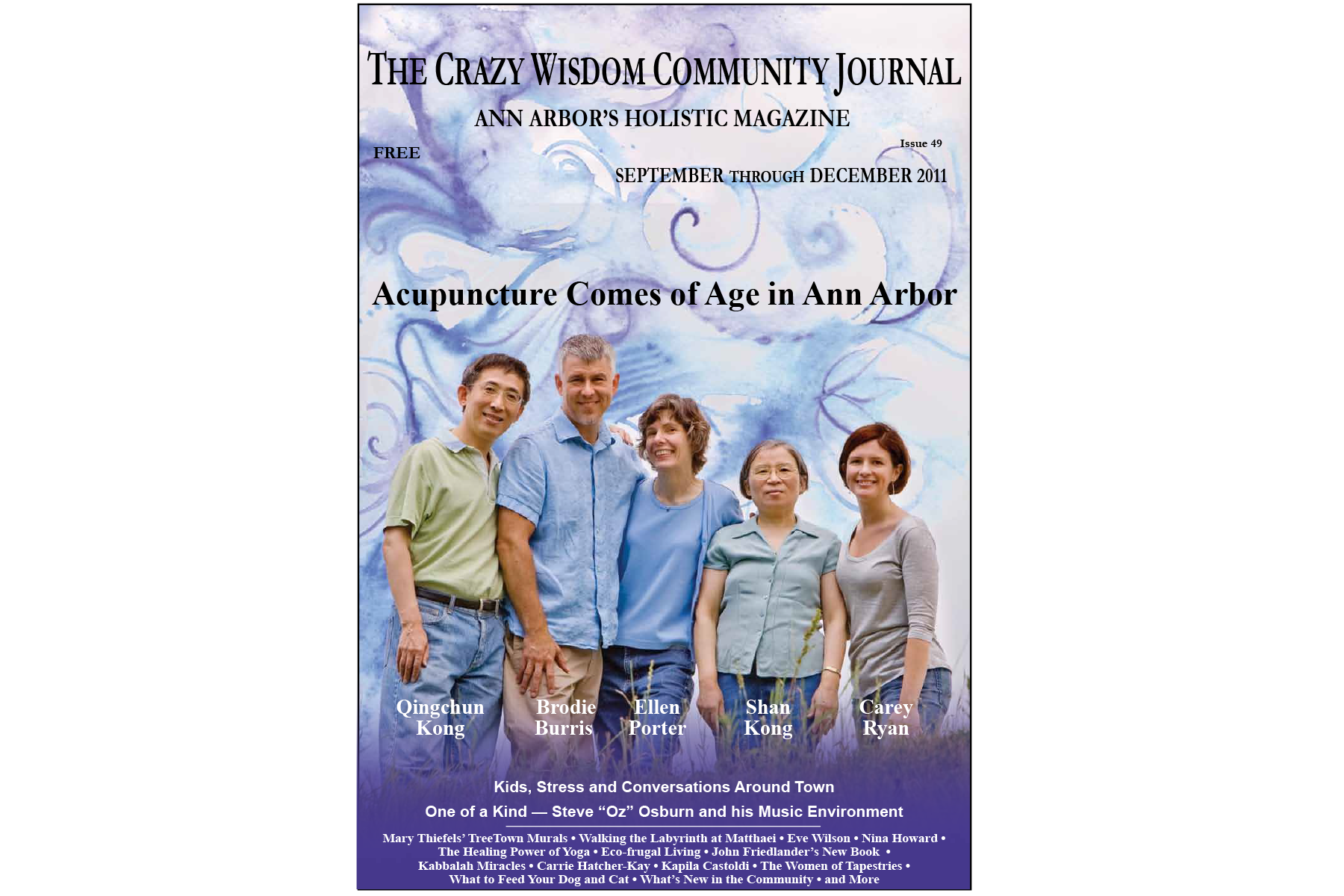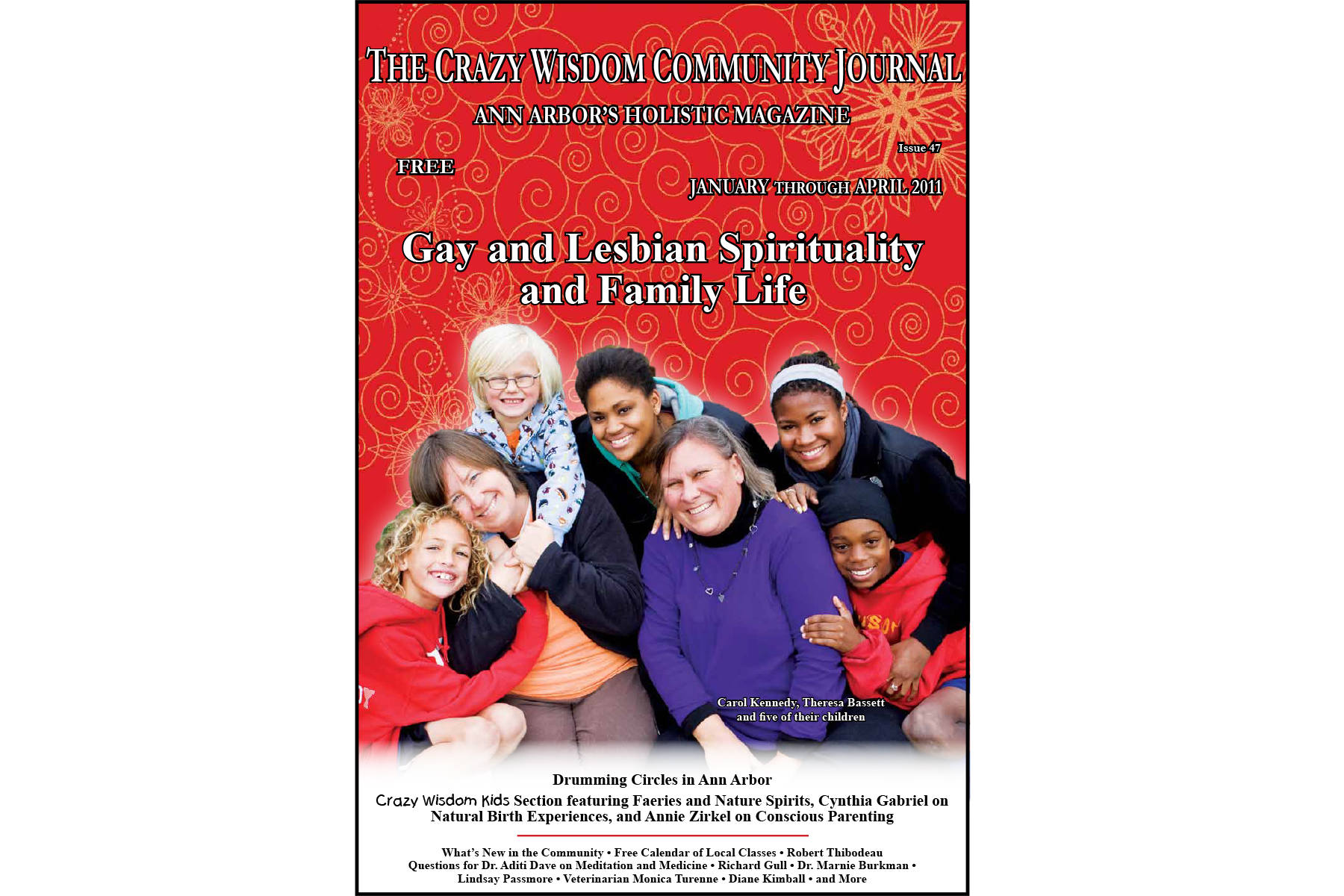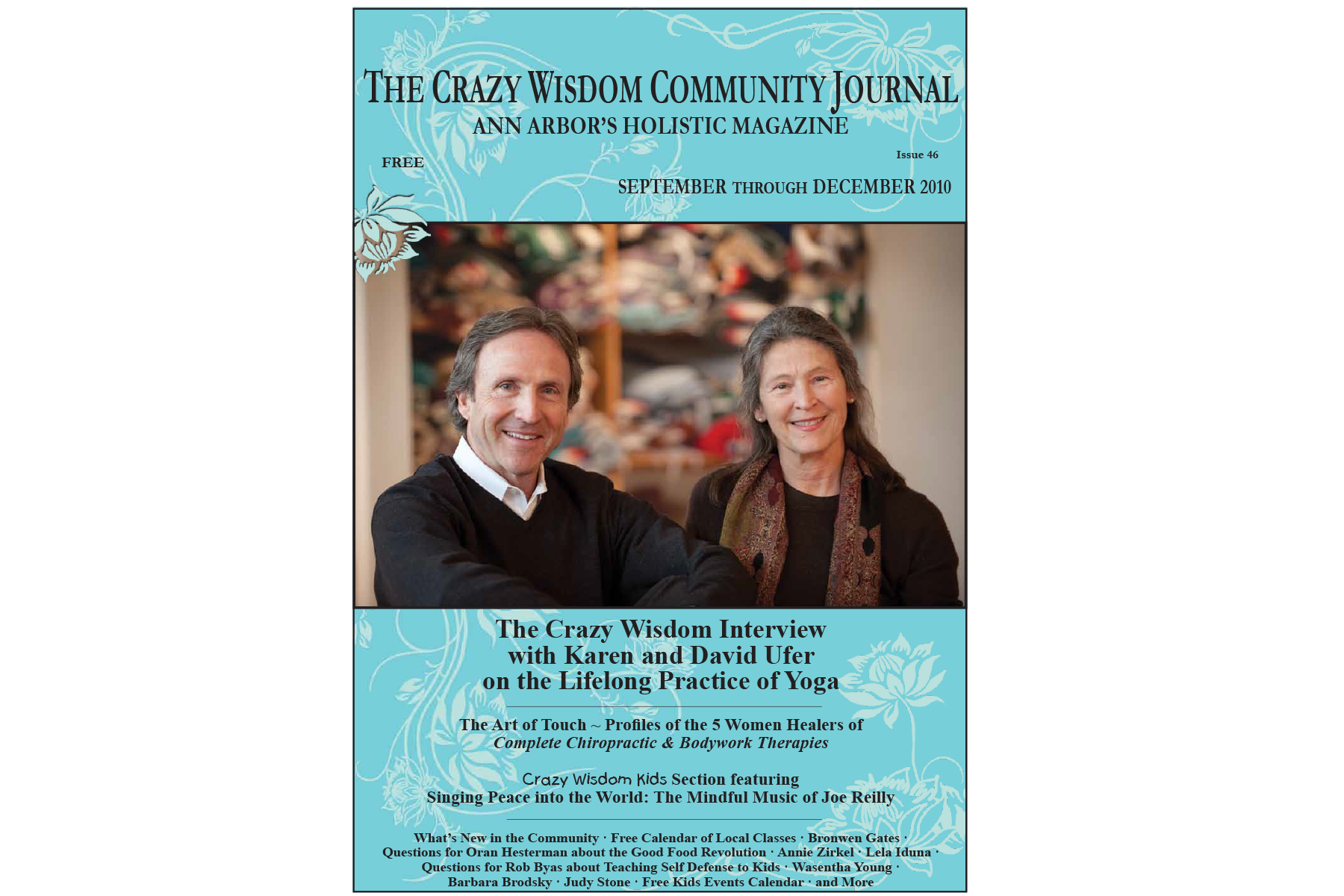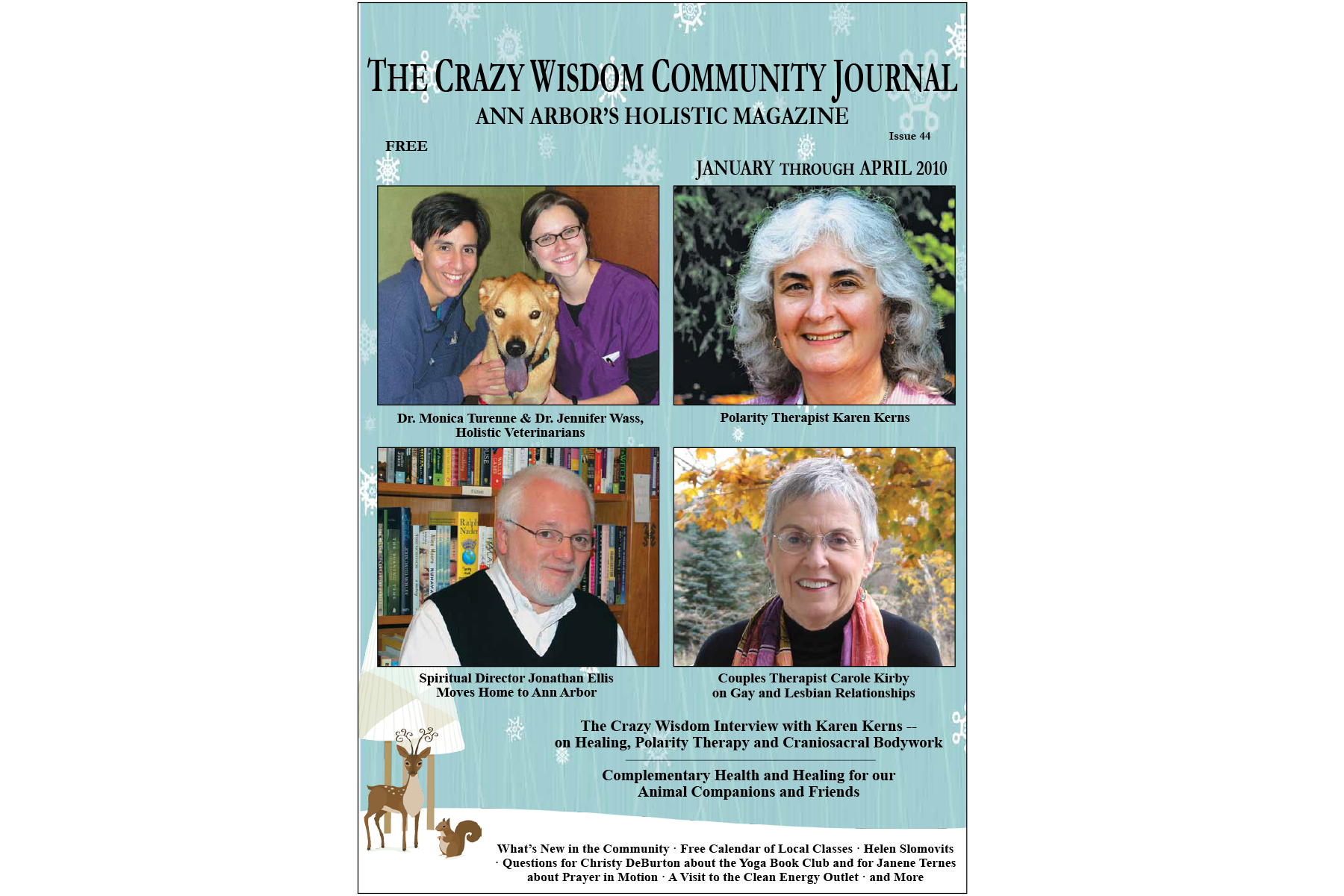By S.K. Rosina Newton
A watershed is all the area of land that drains into a particular river. Whenever it rains or the snow melts, those water drops soak back into earth or travel across land to join their kin in the nearest creek or tributary.
Our Southeast Michigan watersheds are the Huron River, Rouge River, Clinton River, River Raisin, and Ecorse Creek Watersheds. All of these nets of nomadic water empty into the Detroit River (which has its own watershed). Detroit River waters flow into Lake Erie, then travel through the Niagara River merging into Lake Ontario, narrowing again into the St. Lawrence River, and releasing finally into the Atlantic Ocean.
For the past two years, I have been working for Friends of the Rouge which is a nonprofit whose mission is to “restore, protect, and enhance the Rouge River watershed.” Our sister organizations, such as the Huron River Watershed Council, are likewise working for clean water. I’ve spent four decades of my life in the environmental field, and I am delighted to be learning more now about the ecological intersection of land and water. Looking back, I realize that my life’s work has been shaped in part by growing up exploring Greens Bayou in Houston (my hometown watershed).
Chinese philosopher Zhuangzi said, “I know the joy of fishes in the river through my own joy as I go walking along the same river.”
Imagine how all these networks of waterways provide habitat for countless life forms in and out of the water: fish, plants, insects, wildlife, macroinvertebrates, humans, and microscopic life. The web of life relying on these ever-flowing bodies of water is diverse, beautiful, and extensive.
Now we can also imagine everything we do on land affects the quality of this watery world. The bad news is humans create pollution no matter how hard we try not to. The good news is we humans also have the power to reduce the amount and severity of the pollution we generate.
In the past, industries were the major polluters. The Cuyahoga River in Ohio (which empties into Lake Erie) was so polluted from industrial wastes that it caught on fire at least a dozen times going back as far as 1868 and continuing for 100 years. Even the Rouge River caught on fire in 1969. This is a perfect example of point source pollution: it comes from one point.
“The public outcry over these river fires and other polluted waterways helped lead to the passage of the 1970 National Environmental Policy Act, the 1972 Clean Water Act, the 1972 U.S.—Canada Great Lakes Water Quality Agreement, and the 1973 Endangered Species Act,” said Detroit River champion John Hartig in Great Lakes Now. Hartig is author of eight books including Rouge River Revived: How People are Bringing their River Back to Life.
Now, thanks to the Clean Water Act, point source pollution is greatly reduced from 50 years ago. Industries and entities whose effluent dumps into surface waters must have a permit and are regulated.
However, we still have a long way to go before all our rustbelt waterways are swimmable, drinkable, and fishable. The Rouge River is still a victim of combined sewer overflows (CSOs) for example. Combined sewers are old systems that work fine during dry weather. However, during rainstorms, they become overburdened and dump untreated sewage directly into the river. A surprising number of our communities have CSOs: Birmingham, Bloomfield Village, Dearborn, Dearborn Heights, Detroit, Inkster, Livonia, Redford Twp, and River Rouge.
Another obstacle to healthy rivers today is nonpoint source pollution—pollution that comes from all over the place. Examples include oil and gas washing off of streets, driveways, and parking lots; fertilizer and other chemicals running off our lawns and landscapes; and de-icing materials (road salt) washing off of pavement.
Now for the good news. Anything we do to be environmental stewards is already contributing to cleaner water: using organic methods in our landscape, choosing fuel-efficient vehicles, performing regular vehicle maintenance, and minimizing driving and idling for example.
At Friends of the Rouge, much of our river restoration work involves planting native plants and building rain gardens. Native plants, compared to traditional lawn grass, have deeper, more extensive roots to absorb rainwater. Any way we can get rainwater to soak into soil wherever it lands, without sending it to the storm drain, reduces the volume of polluted water going to CSOs. This reduces local flooding, reduces sediment entering the river, and helps prevent a high volume of stormwater from causing bank erosion.
A rain garden is the superstar of absorbing excess stormwater in place. The opposite of a raised bed garden, it is a depression built into the ground, collecting rainfall from downspouts or pavement runoff. Planted with Michigan natives tolerant of both wet and dry conditions, it is a beautiful habitat garden for native pollinators and songbirds that works hard for clean water! Homes, businesses, and municipalities can employ rain gardens or other forms of Green Stormwater Infrastructure (GSI).
Here are more ways you can be an Everyday Watershed Steward.
If you see water pollution (oil on the surface, a foamy appearance, or other discoloration) don’t hesitate,: report it right away through the Michigan Department of Environment, Great Lakes, and Energy (EGLE) Pollution Emergency Alerting System (PEAS) hotline 800-292-4706. Go ahead and put this number in your phone now.
Minimize the amount of de-icing material you use.
If your property is adjacent to a waterway, plant a riparian buffer of native plants. This provides the added benefit of reducing geese on your property; they prefer lawn growing all the way to the water’s edge.
Redirect downspouts away from pavement and toward landscape areas or into rain gardens.
Minimize impervious surfaces wherever possible. Use permeable pavers or reduce or remove pavement wherever possible. Research shows that rivers become degraded if there is more than 10% impervious cover in their watershed.
Volunteer or become a member of your local watershed, native plant, or environmental organization.
Learn more about protecting watersheds, and share what you know with friends, family, and colleagues.
Remember how public outcry over pollution led to our landmark environmental protections? Your voice is powerful. Attend your City Council meetings. Advocate for the use of green stormwater infrastructure, more efficient de-icing methods, native plant ordinances, and other environmental ordinances wherever you can.
Because another producer of nonpoint source pollution is Concentrated Animal Feeding Operations (CAFOs), eat less commercial or fast-food meat. Choose local, sustainable sources.
As we journey alongside the rivers of our life on earth, may we become more and more a blessing, a friend of the river, bringing more vibrancy and joy into our own lives in the process.
Learning how to build a rain garden is easy through the Southeast Michigan Master Rain Gardener classes. The next class starts at the end of January. You can also learn more by reading the Planning Your Rain Garden article in The Crazy Wisdom Community Journal, Issue #82. Read here... cwcommunityjournal/docs/issue_82.
Rosina Newton is a holistic landscape designer and educator. She has enjoyed planting trees and teaching humans of all ages in Texas, New York, and now Michigan. Visit her online at newearthhomeandgarden.com/




